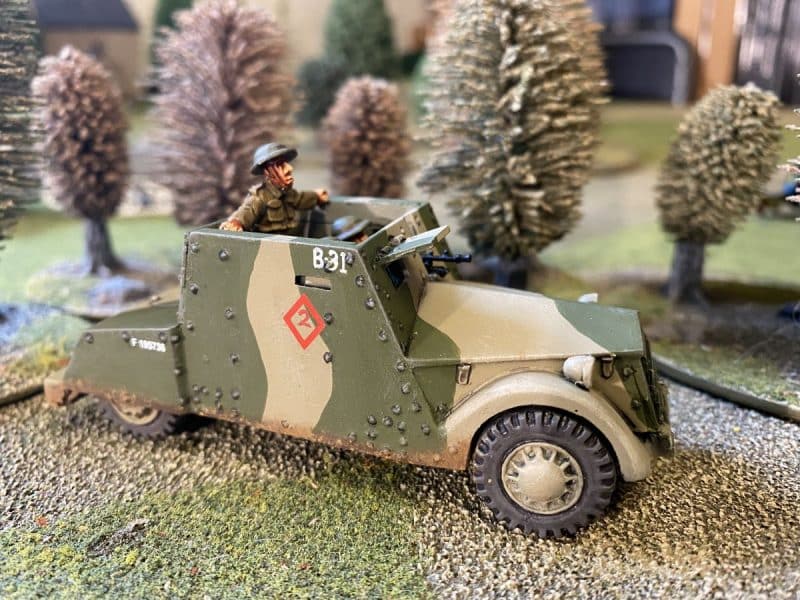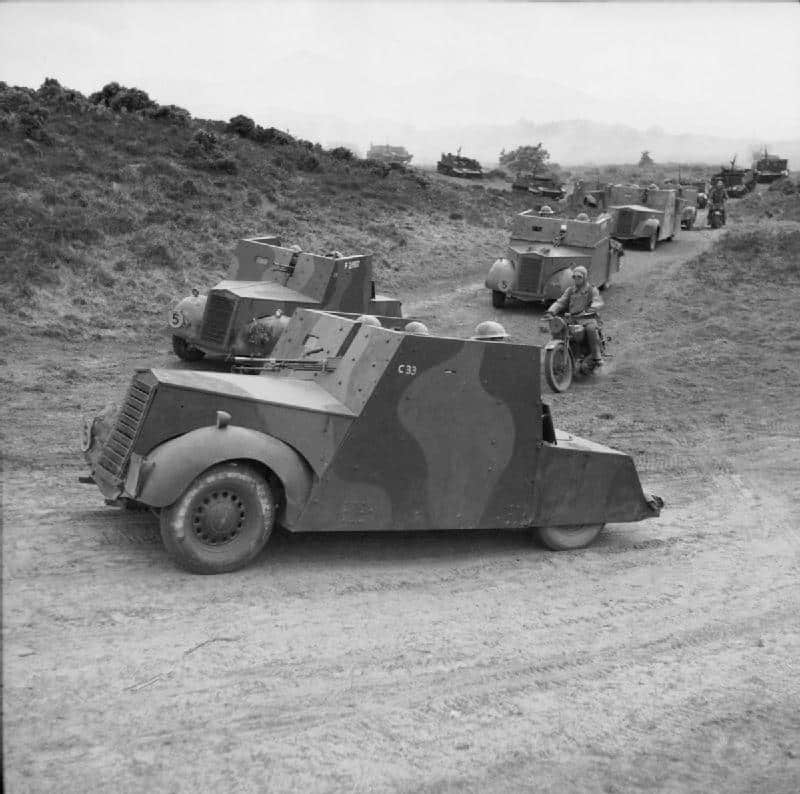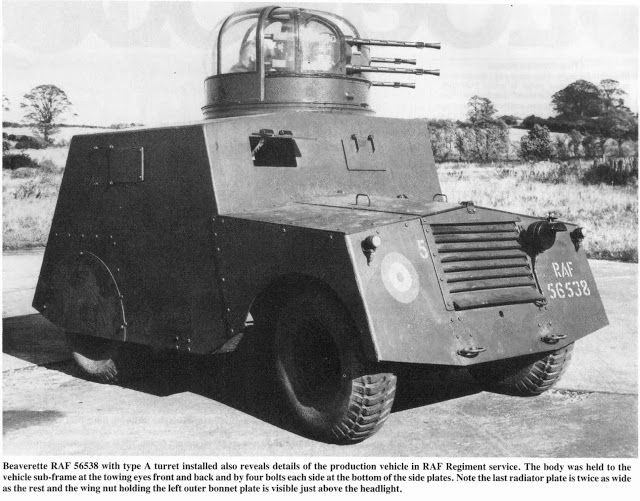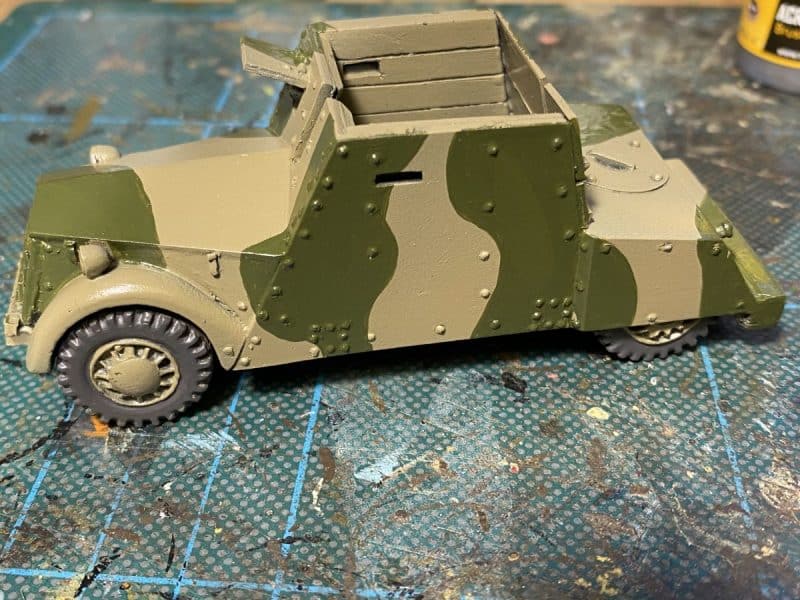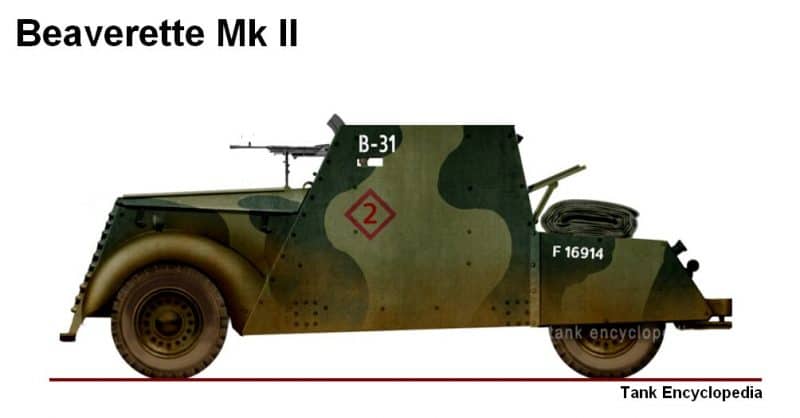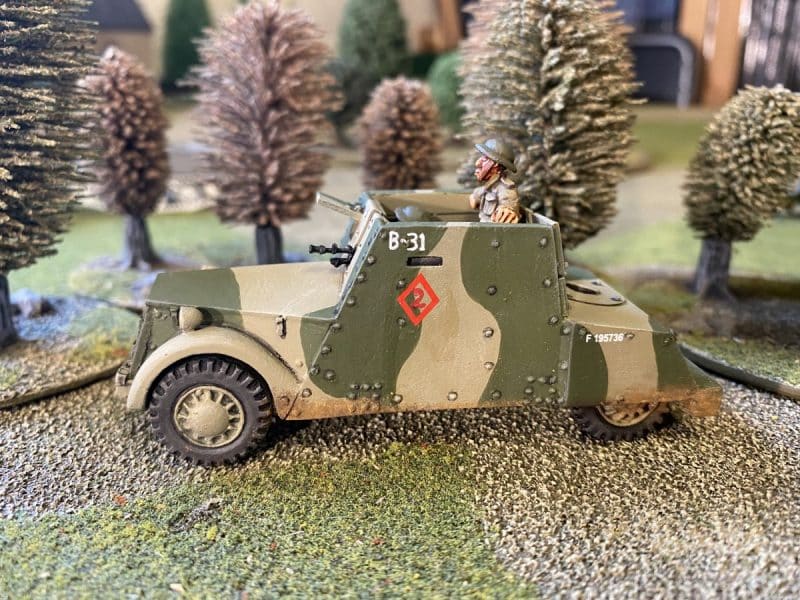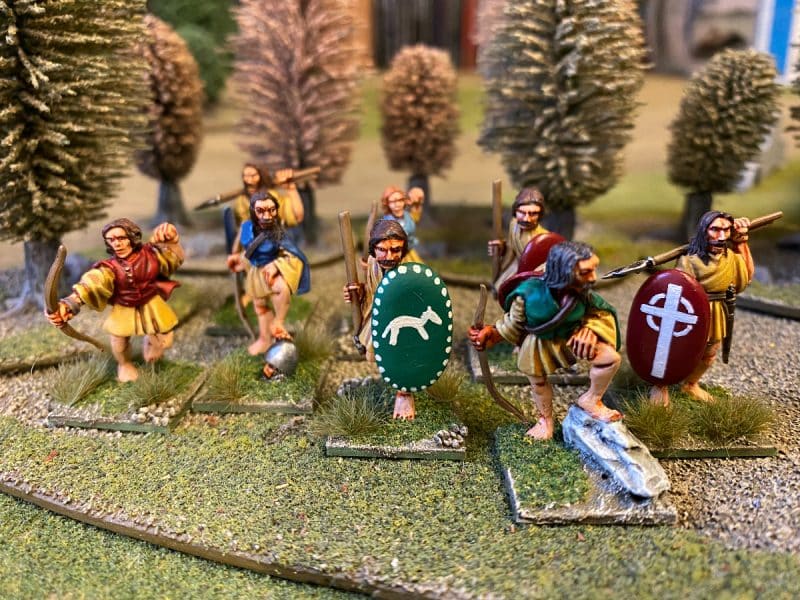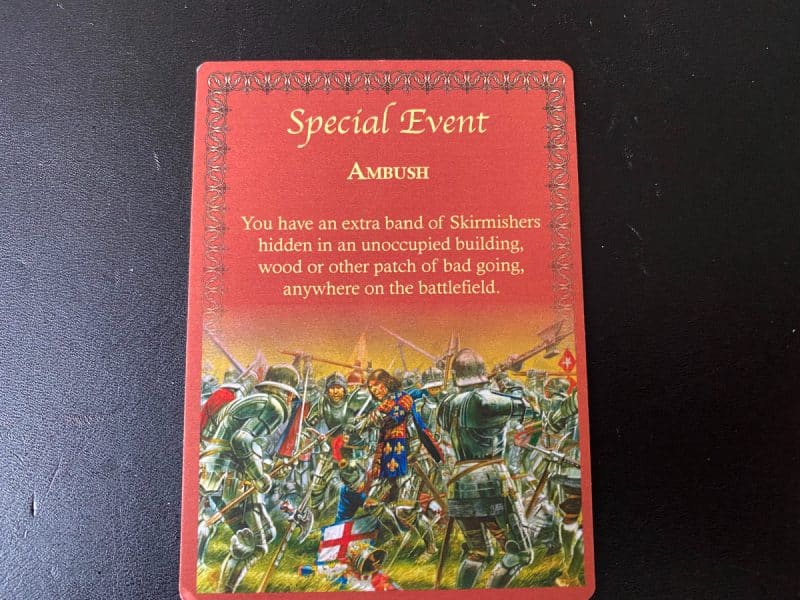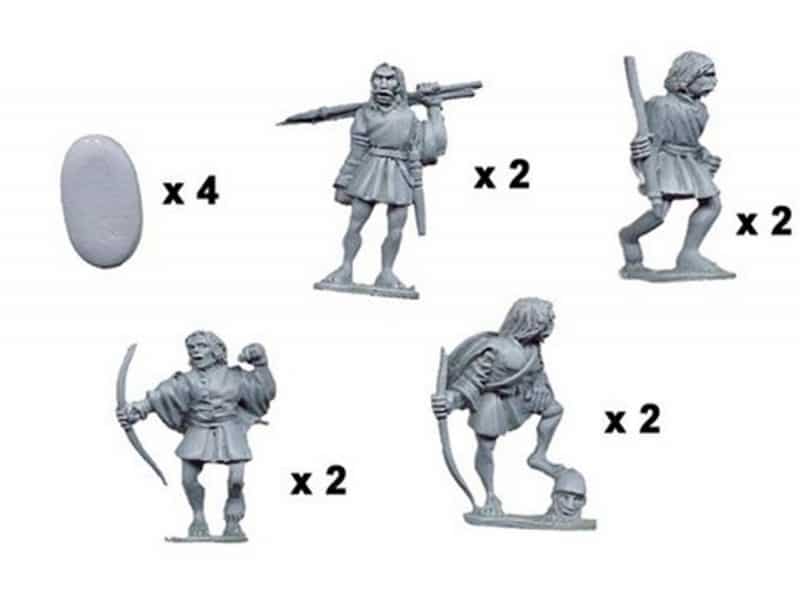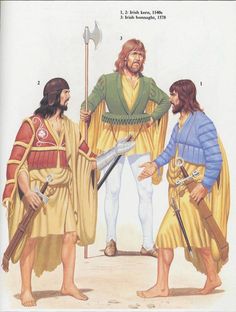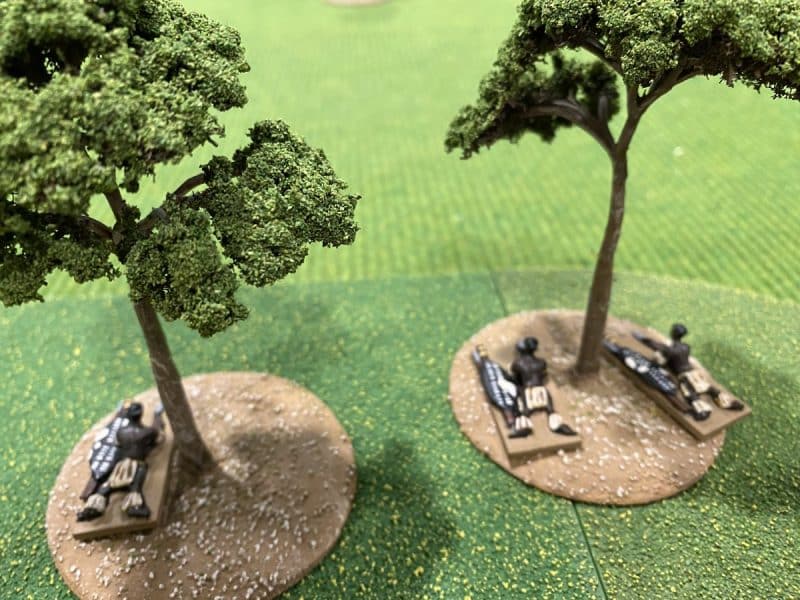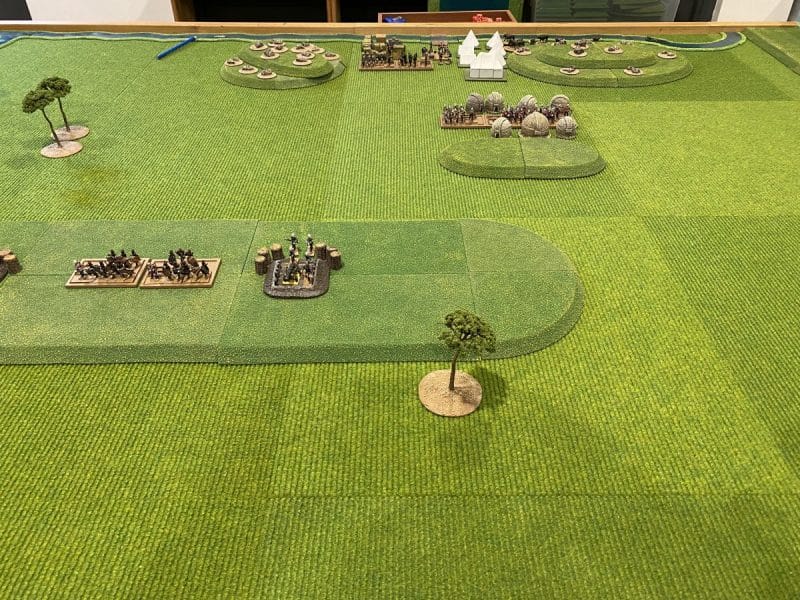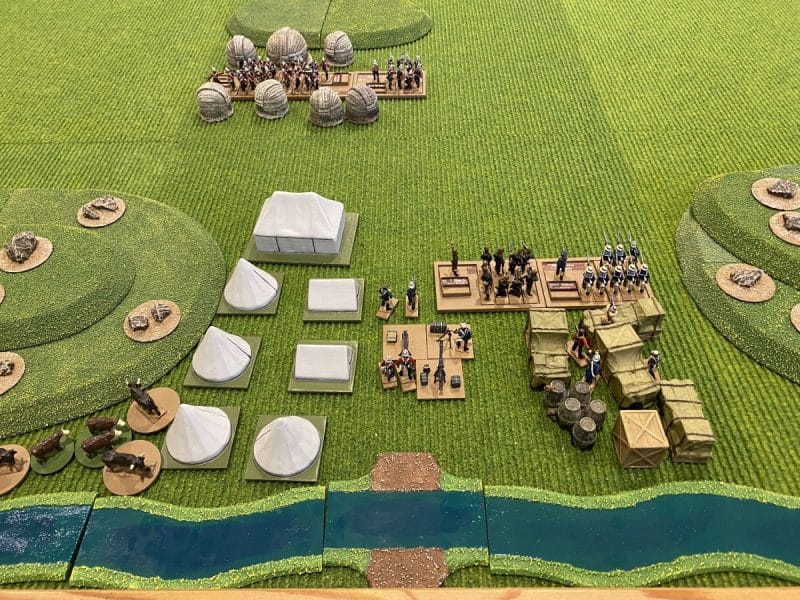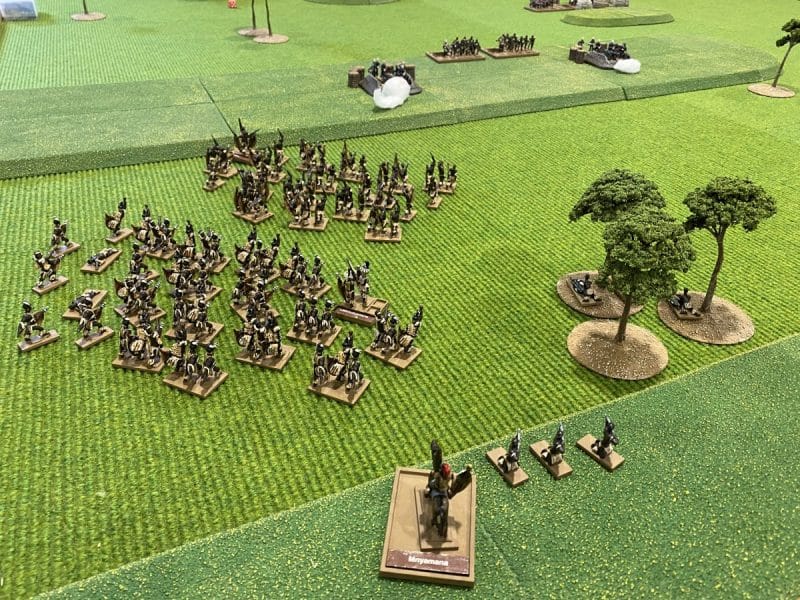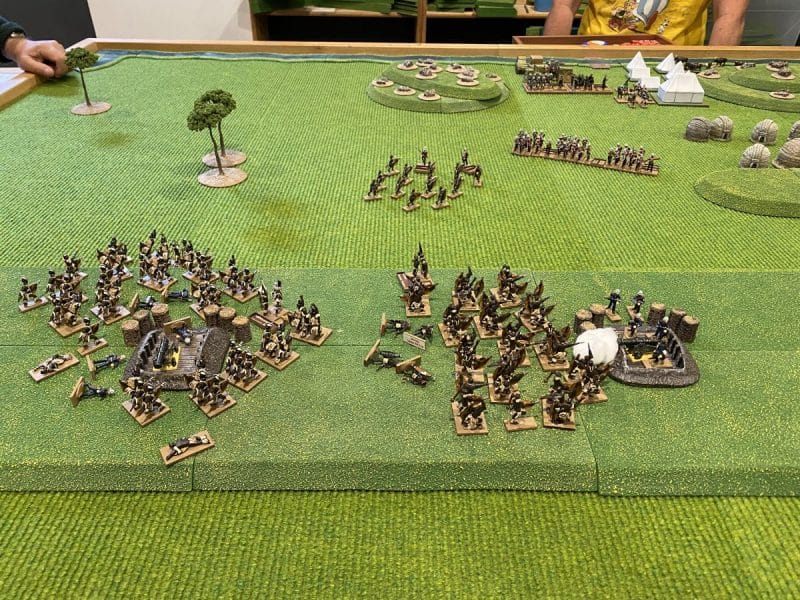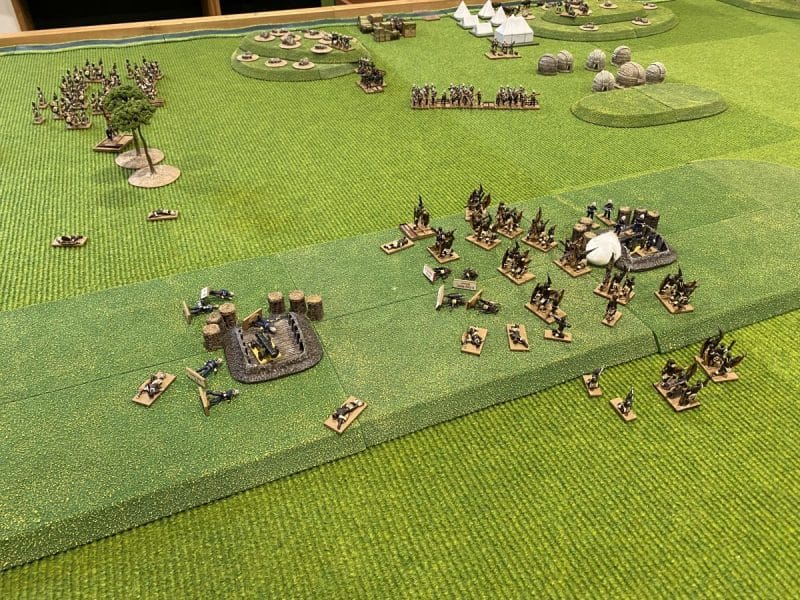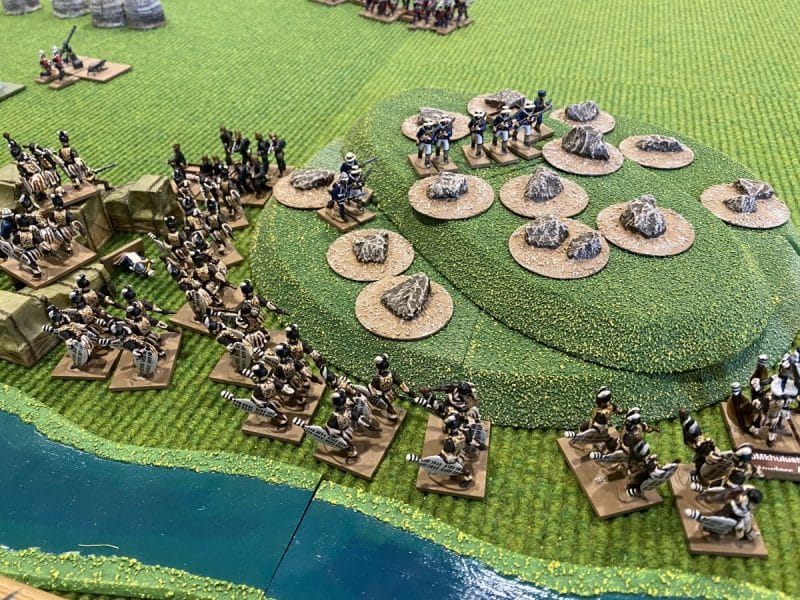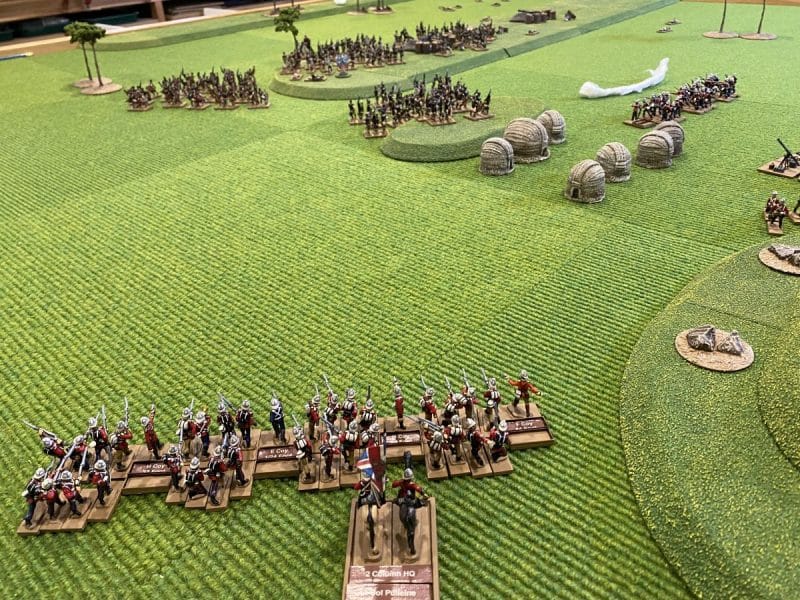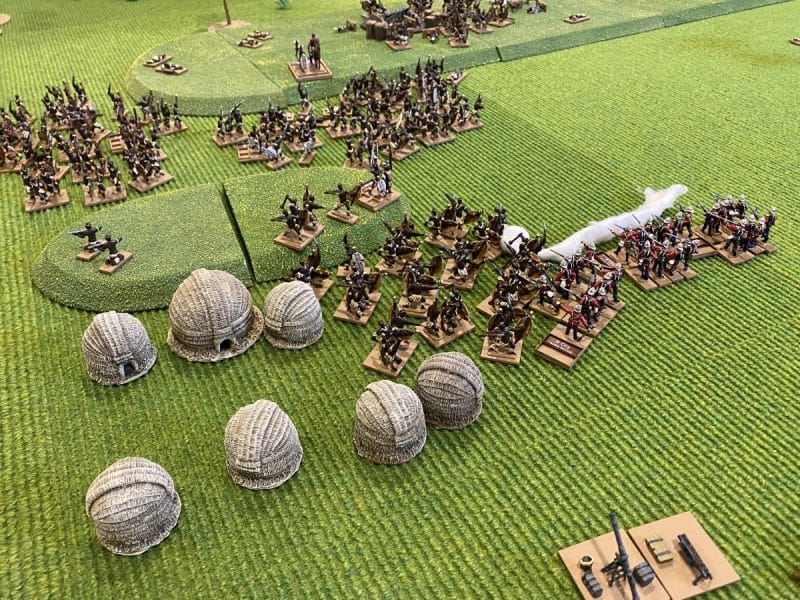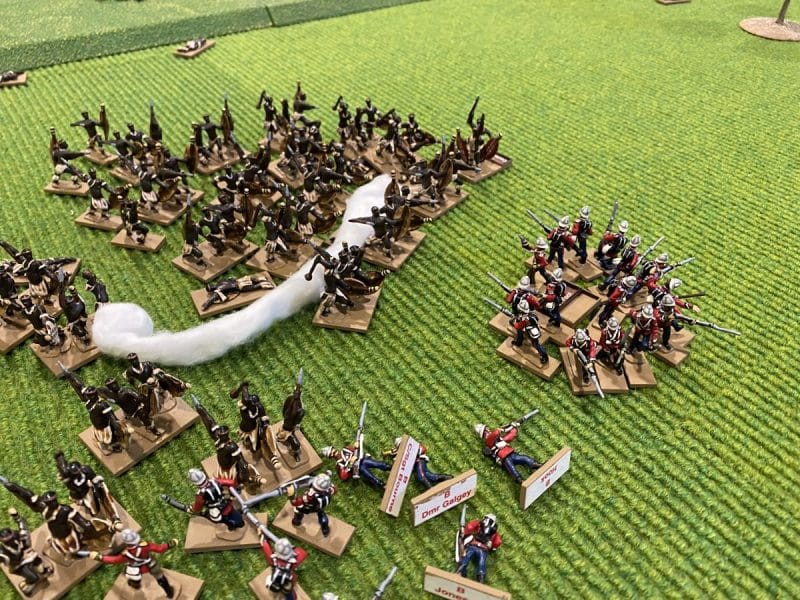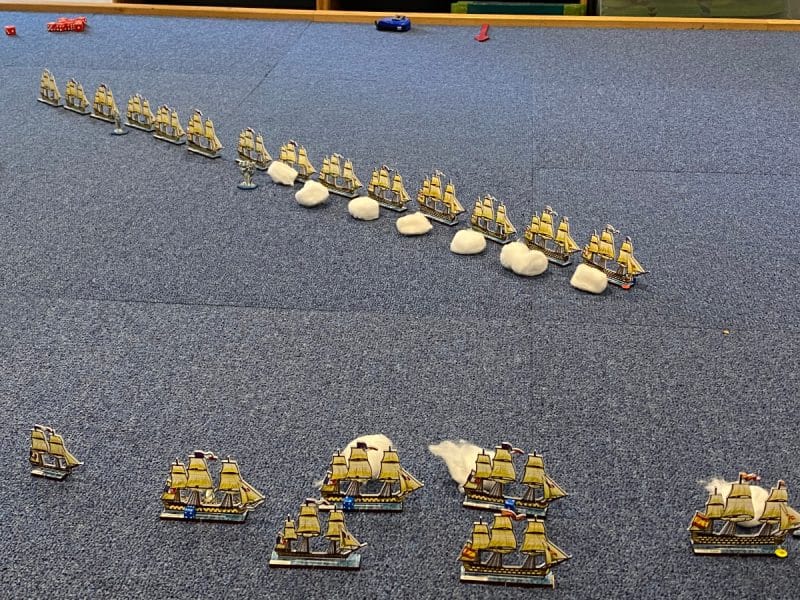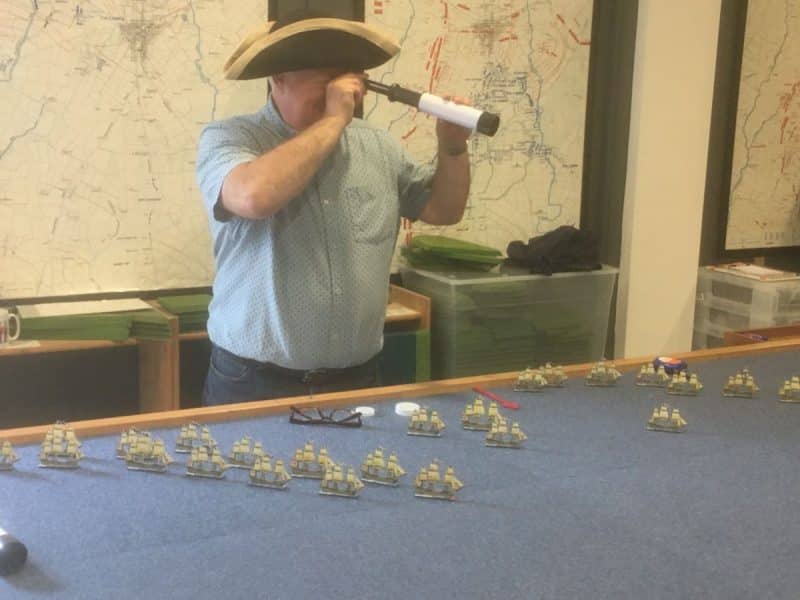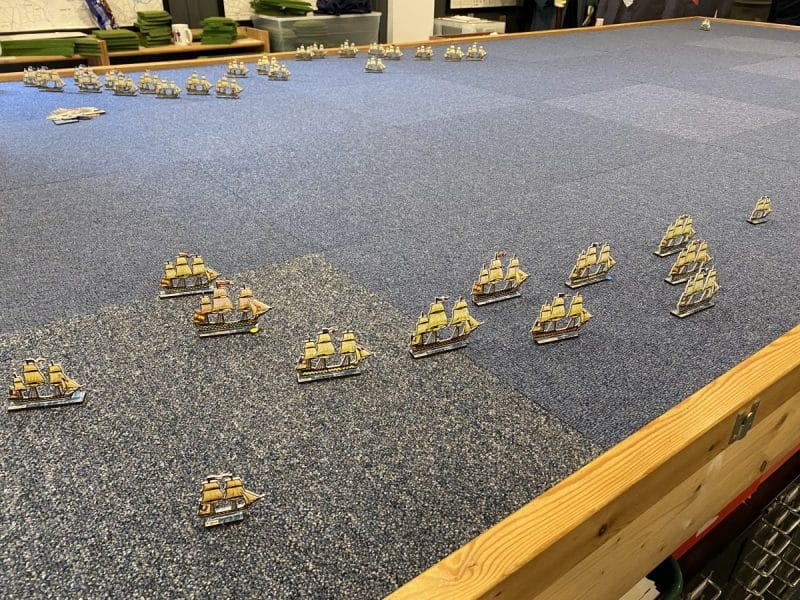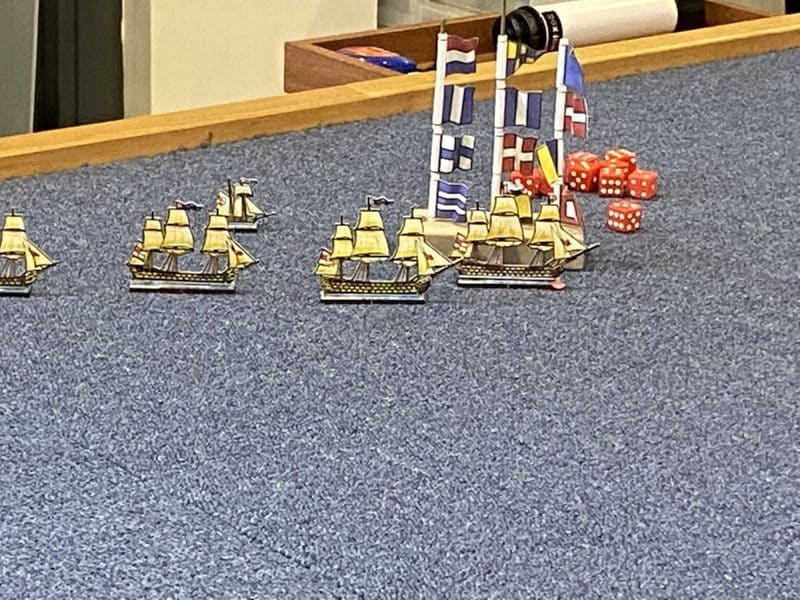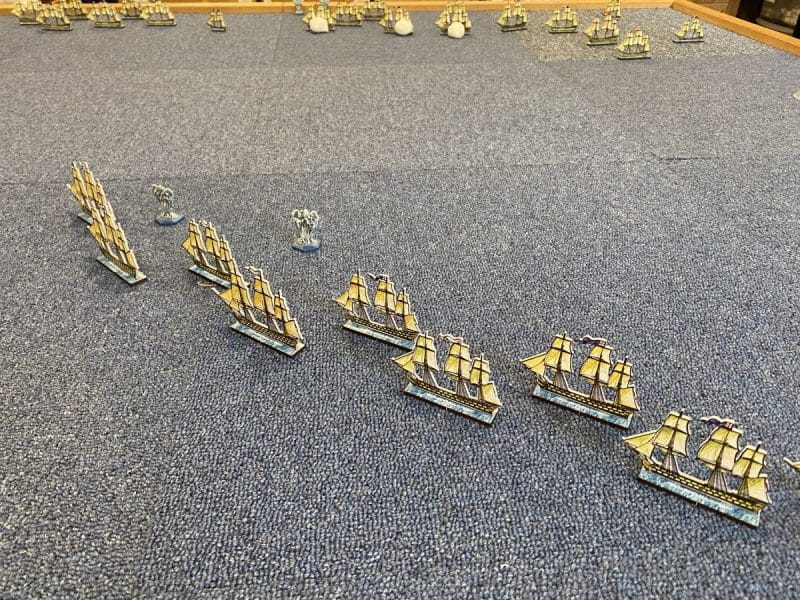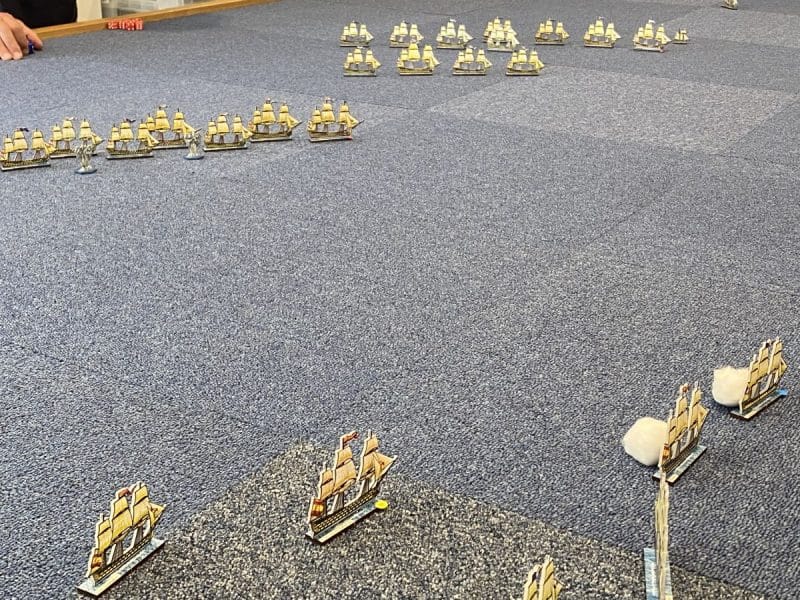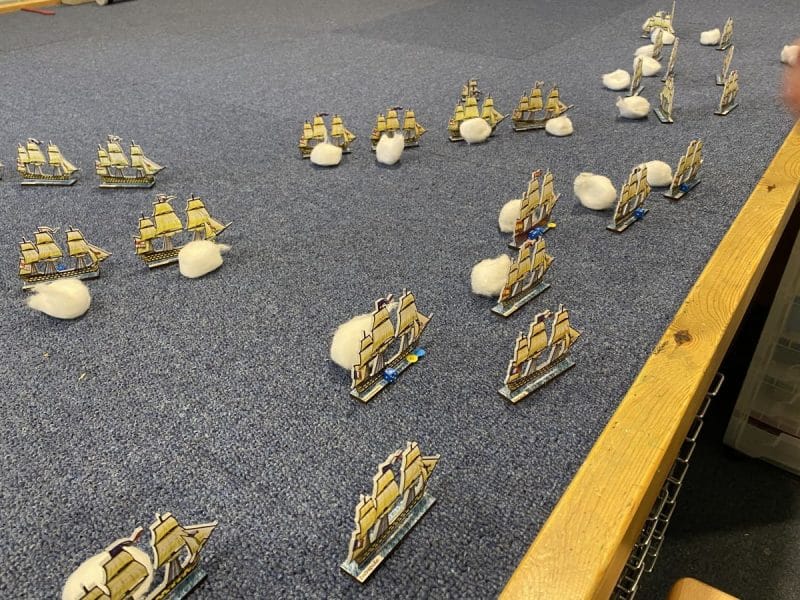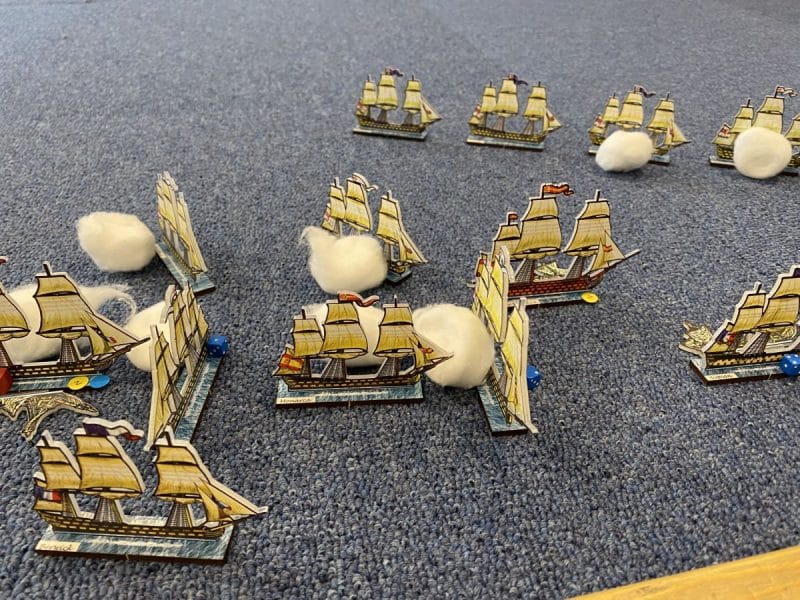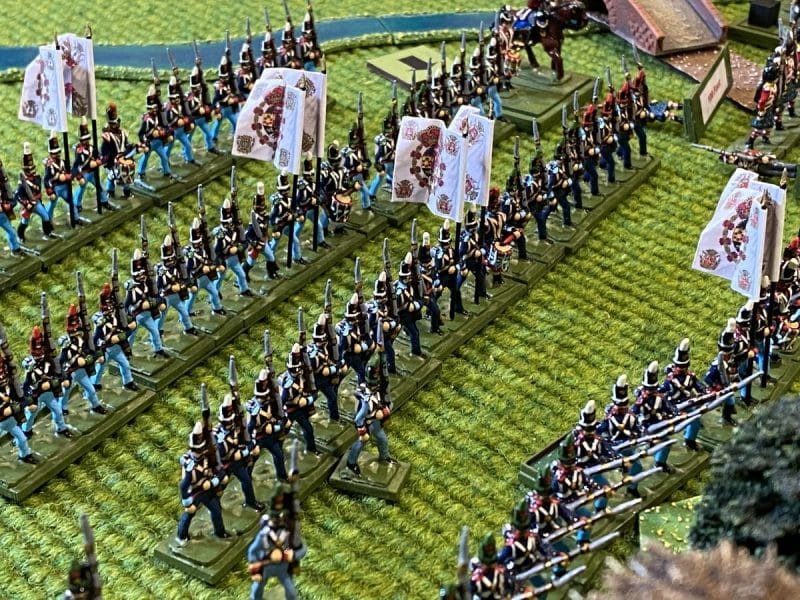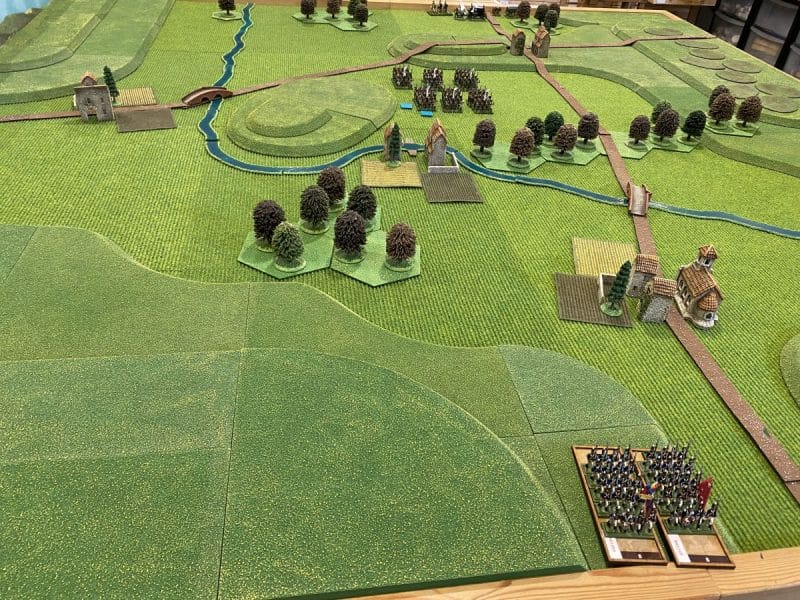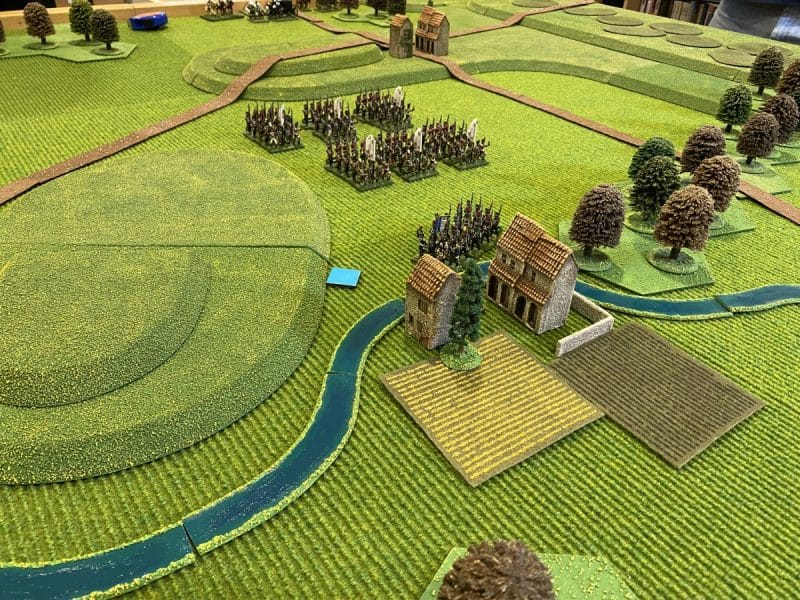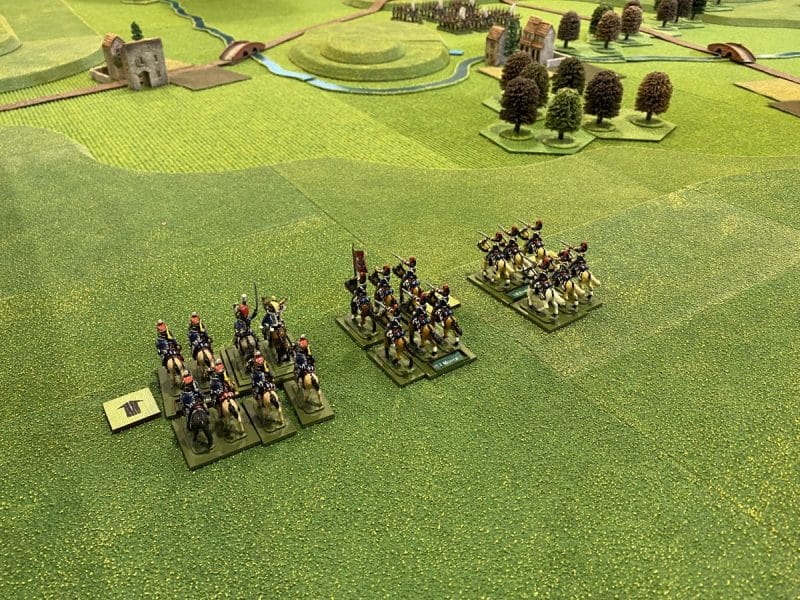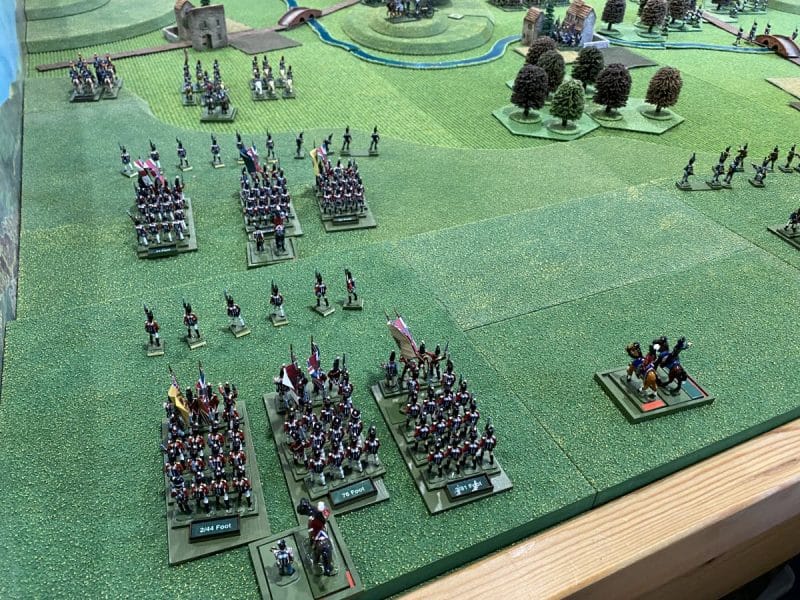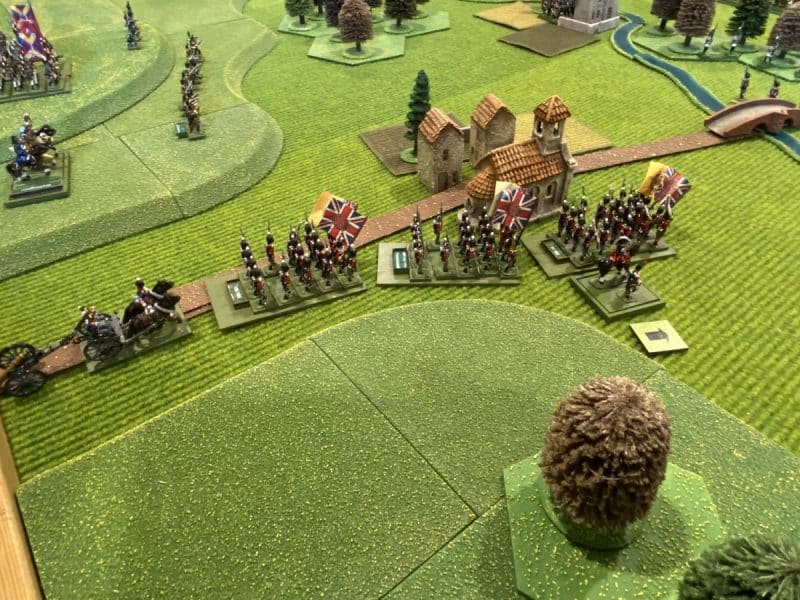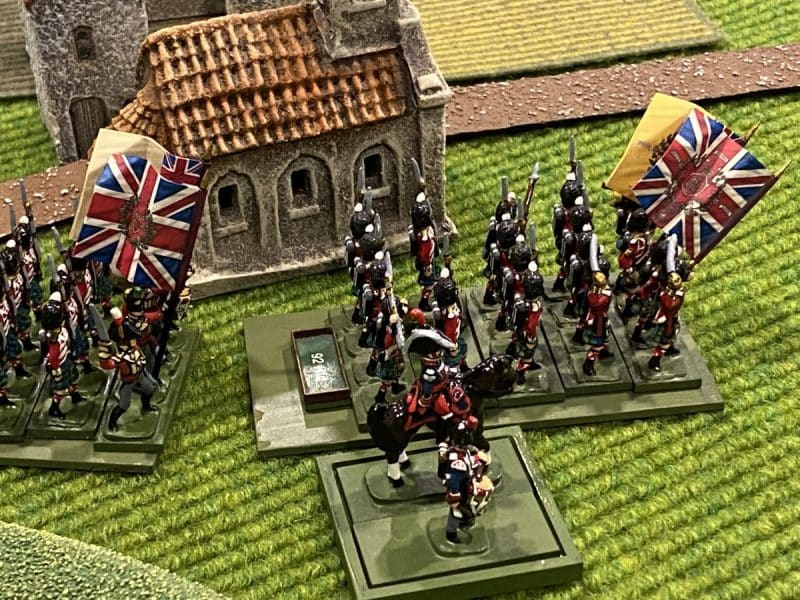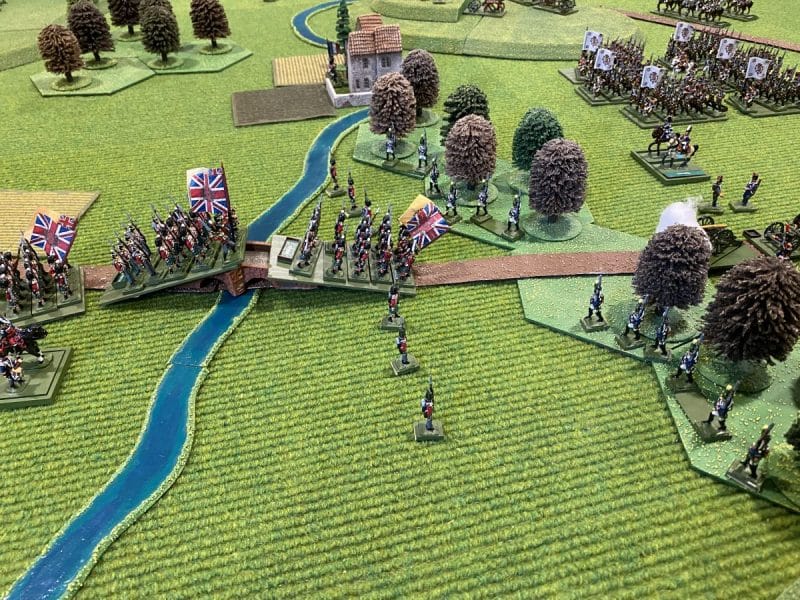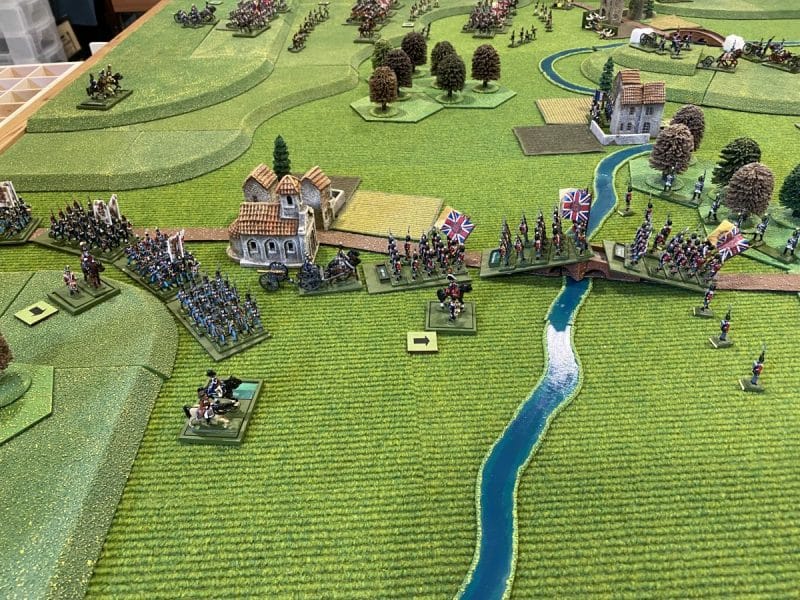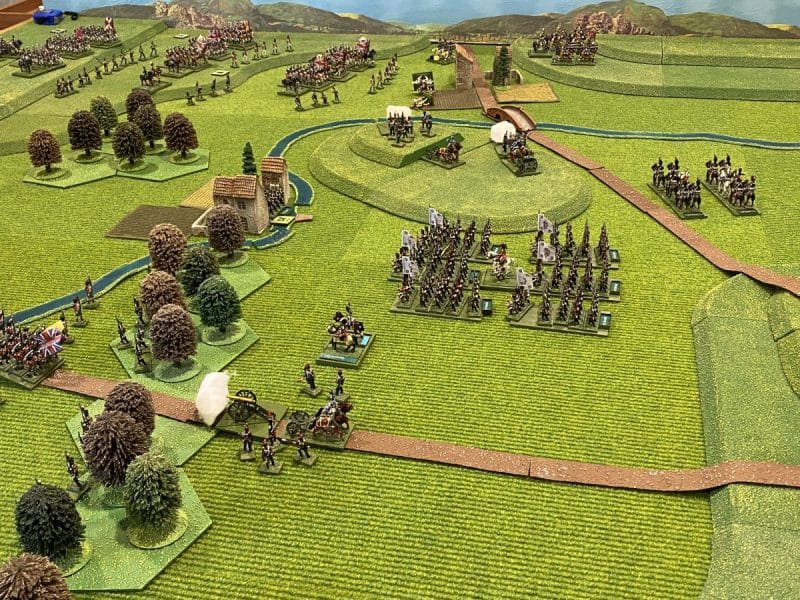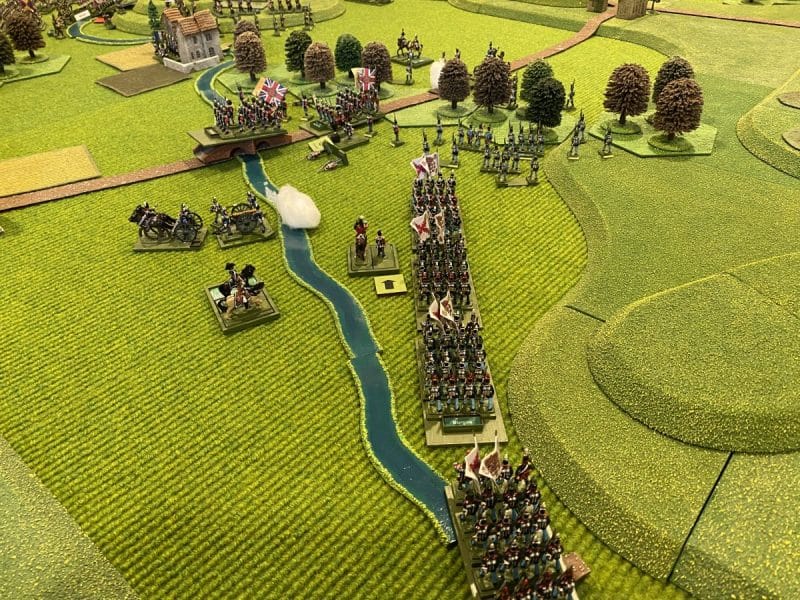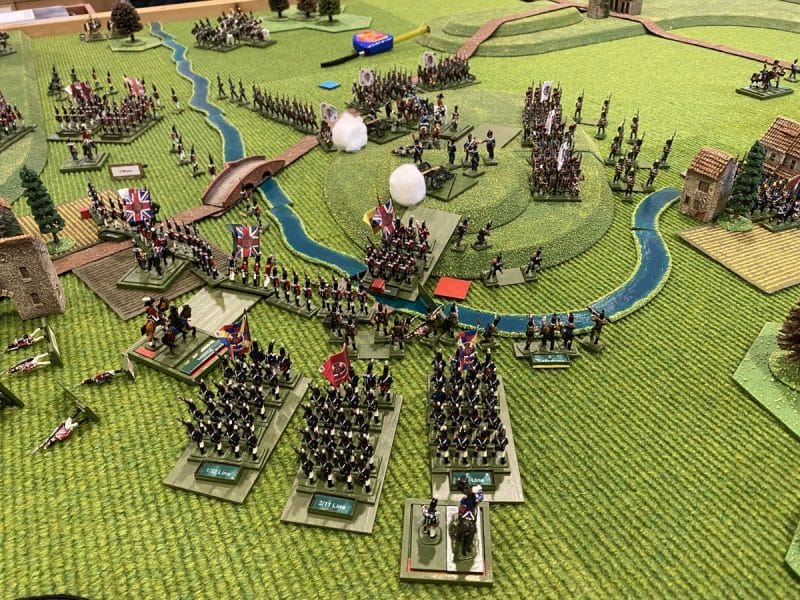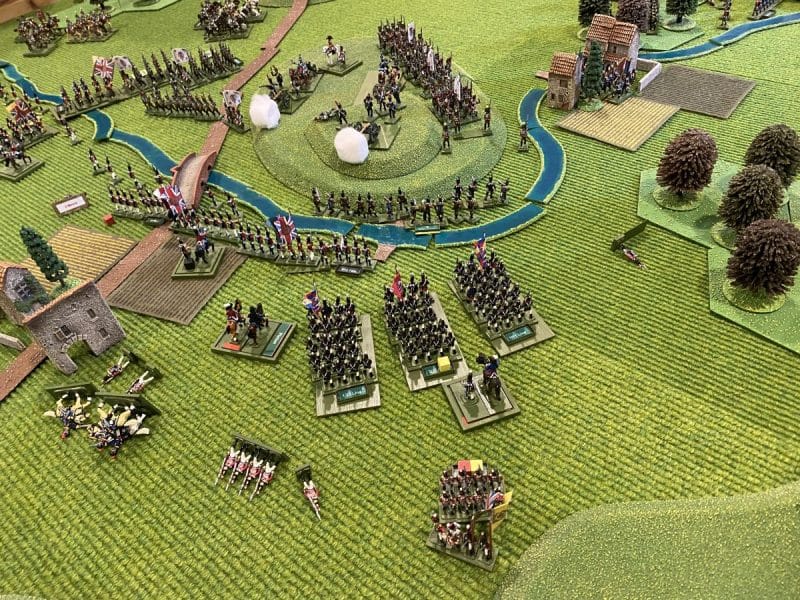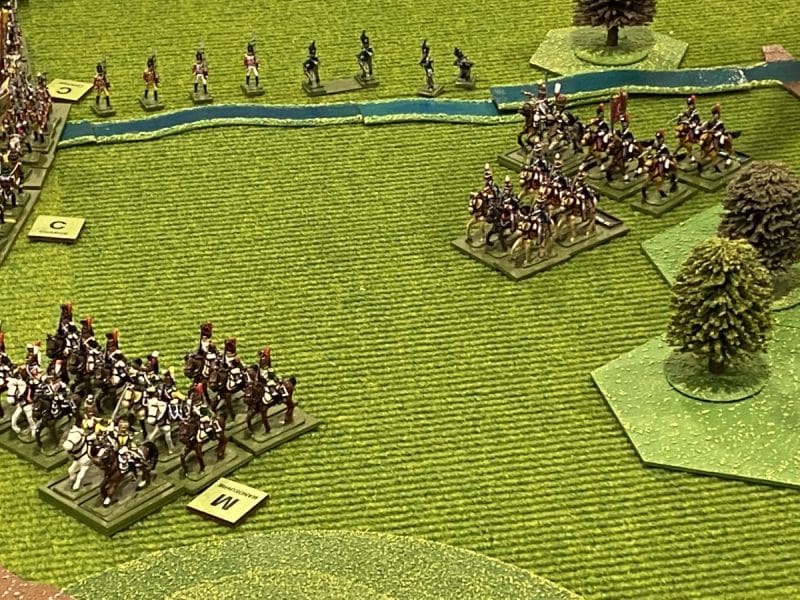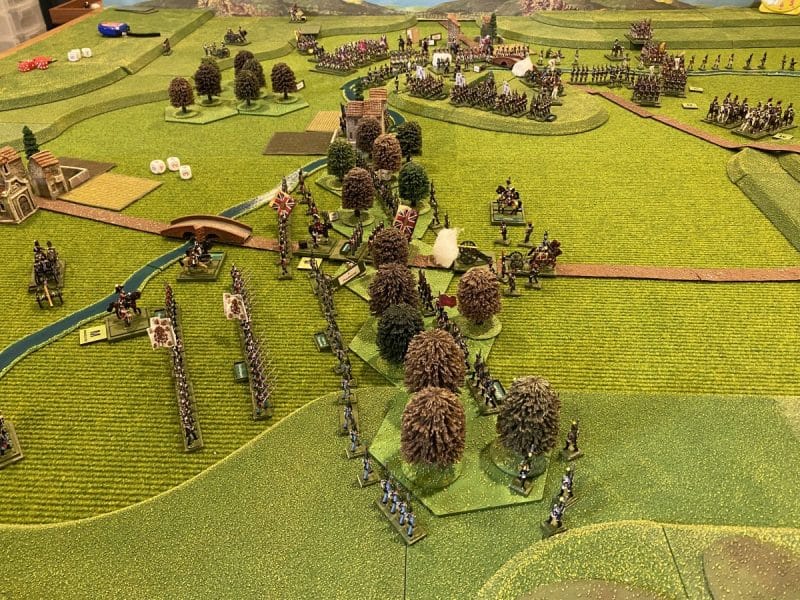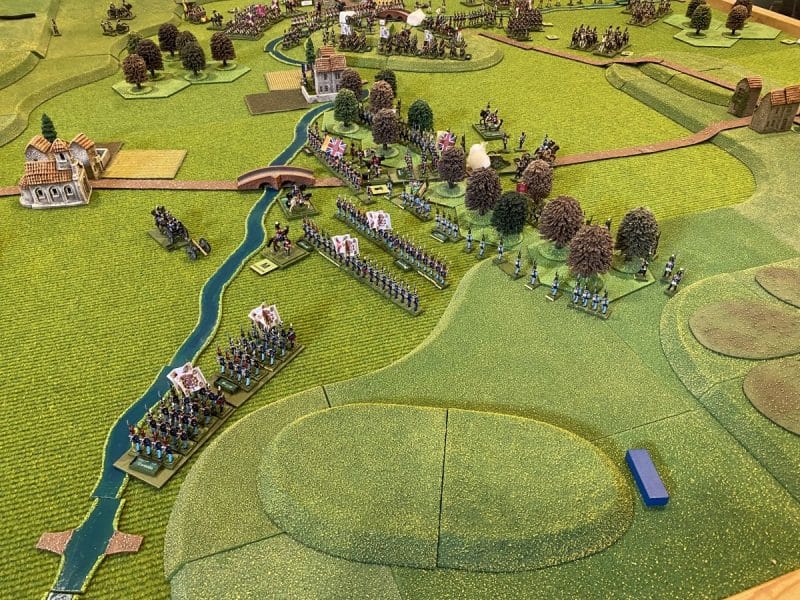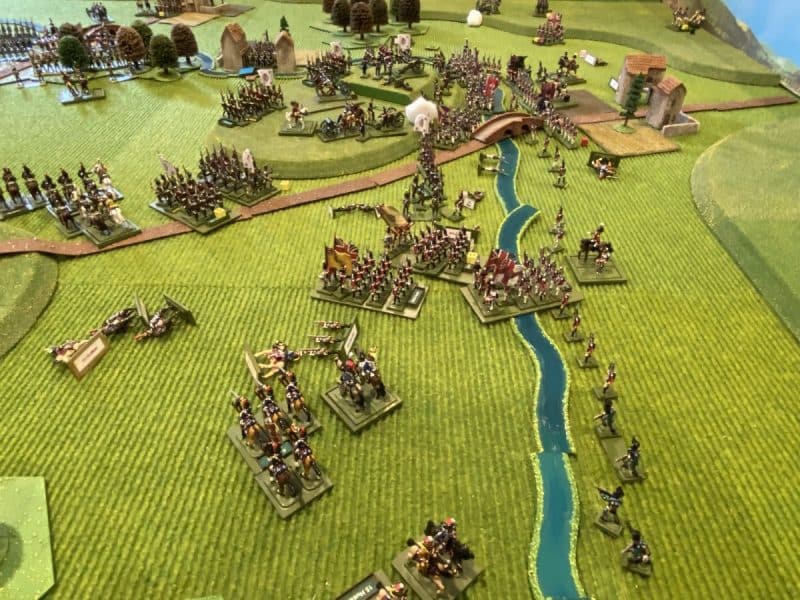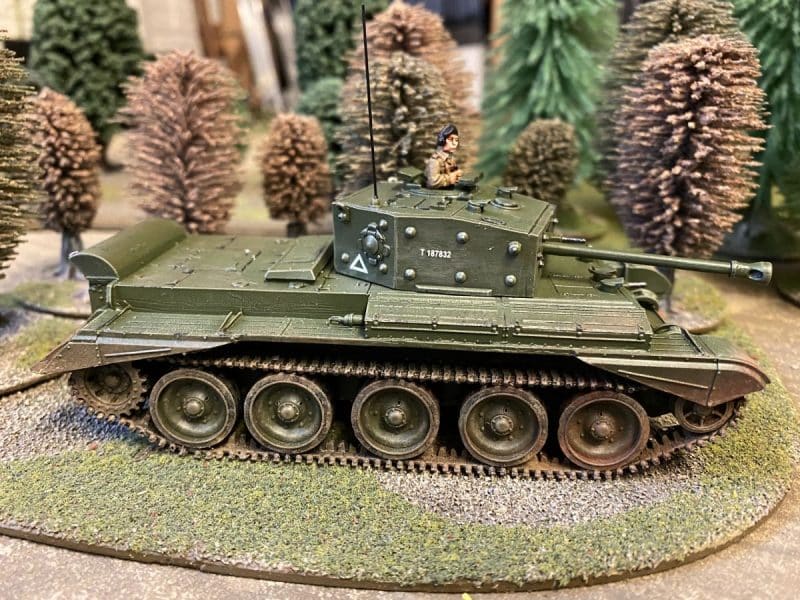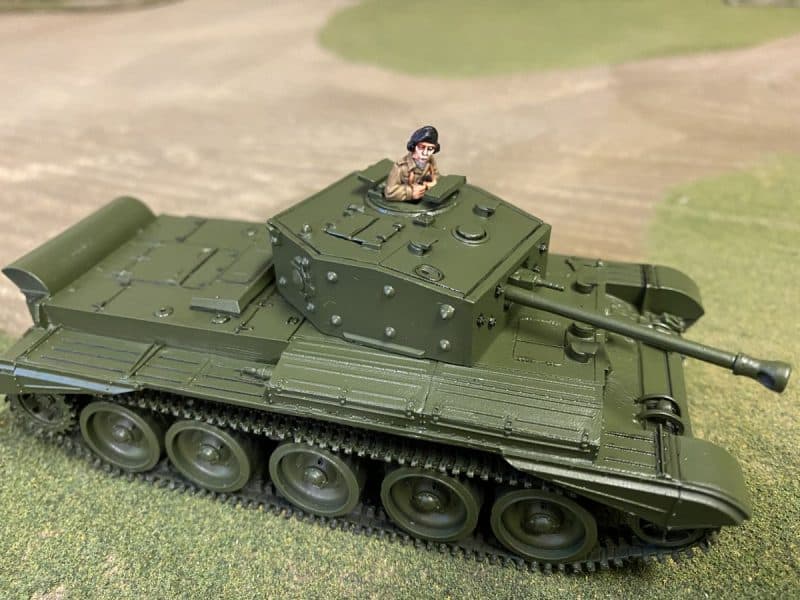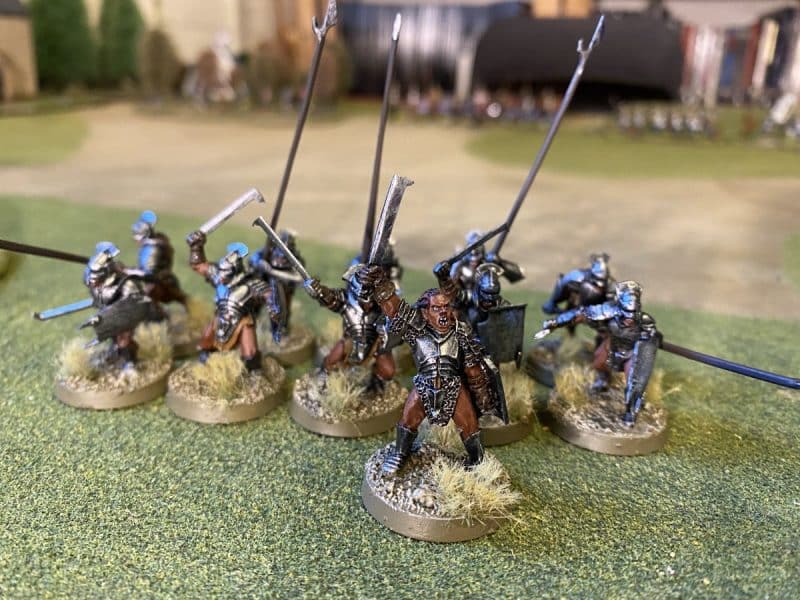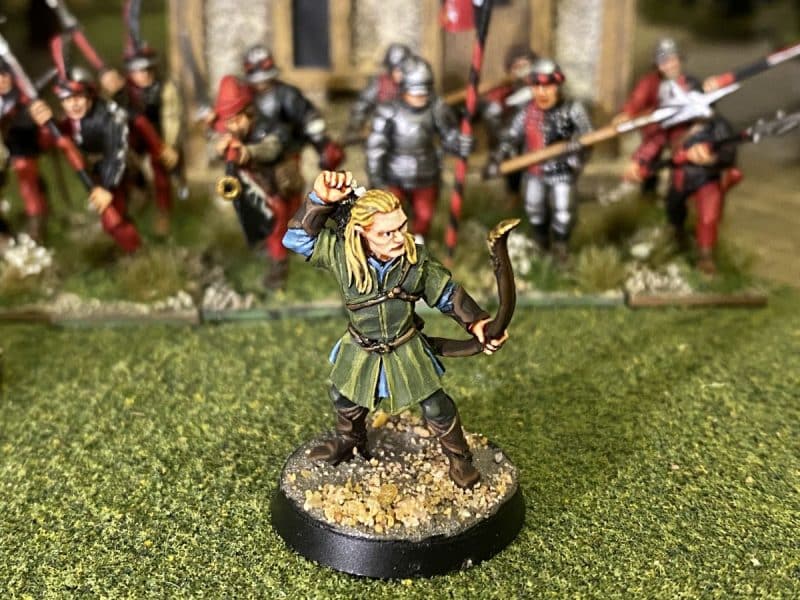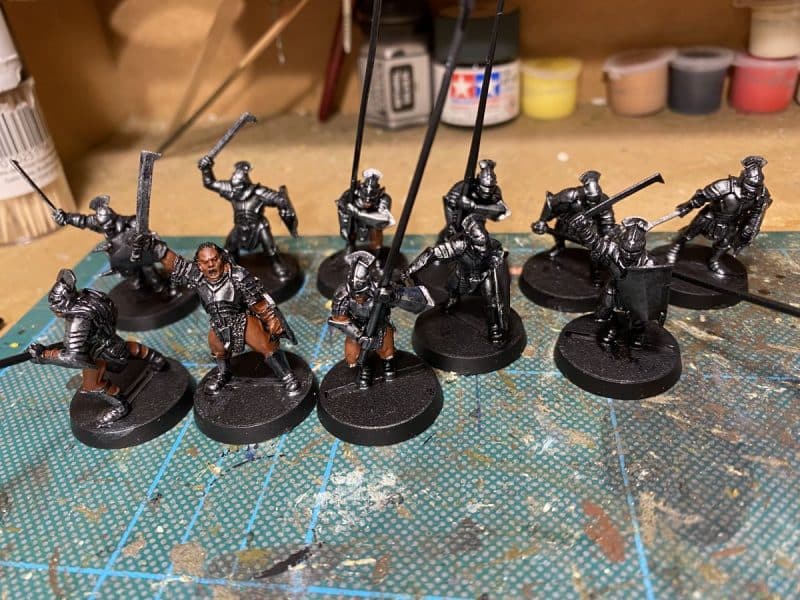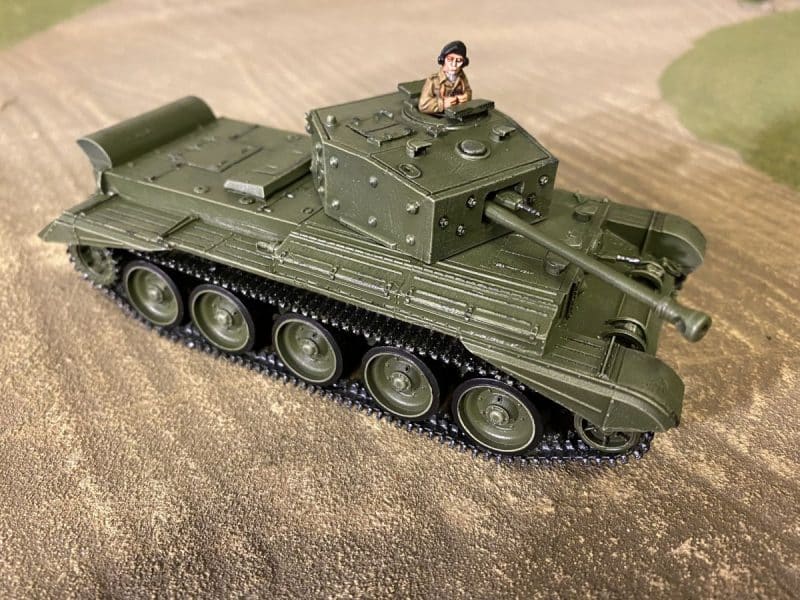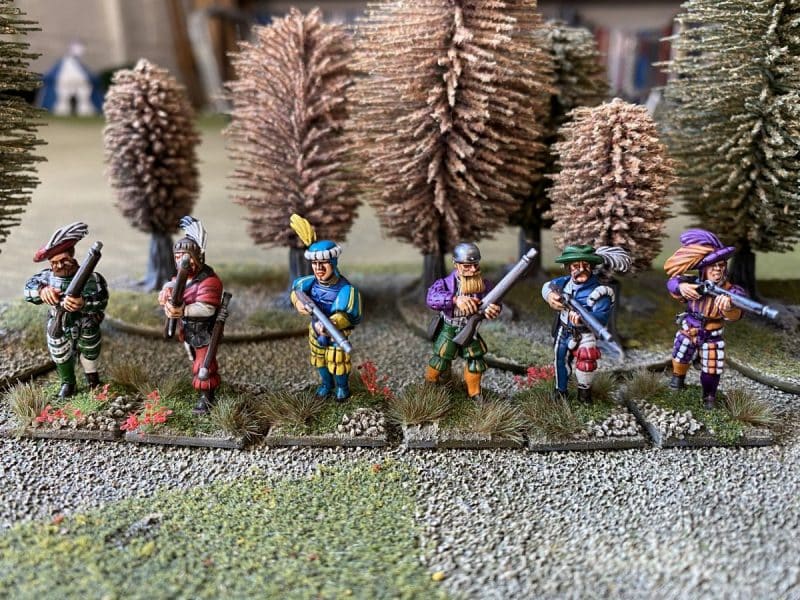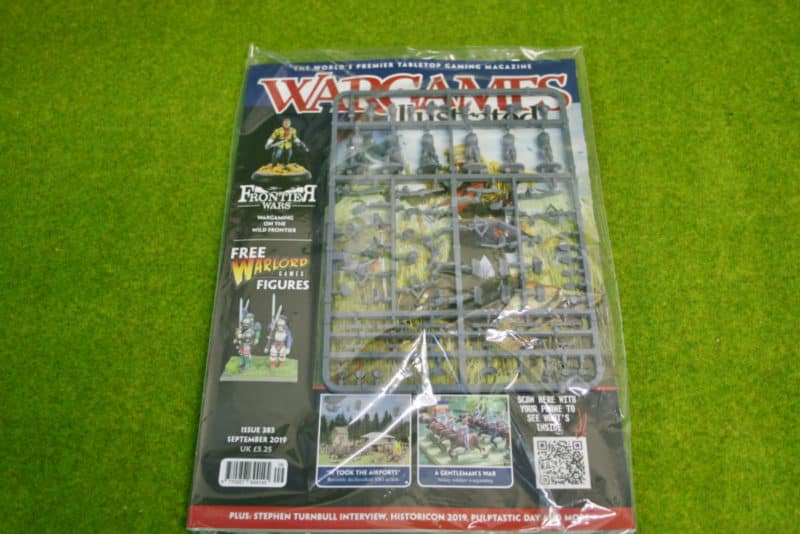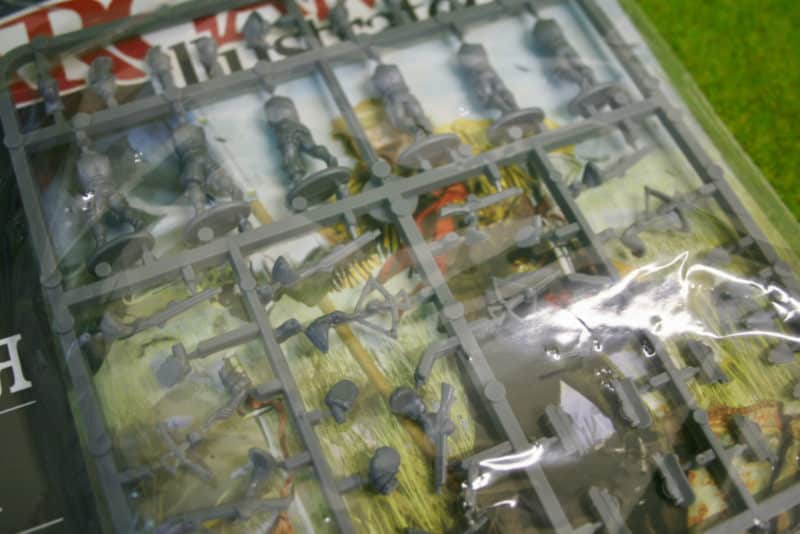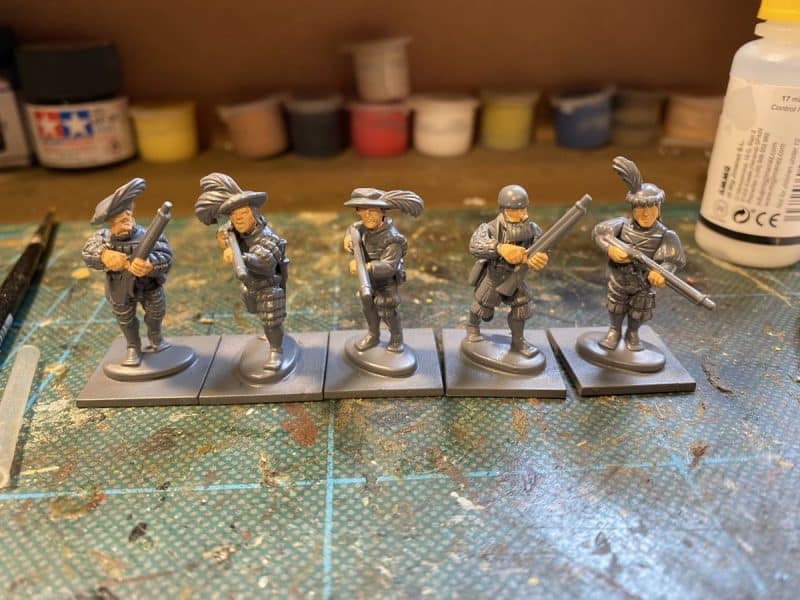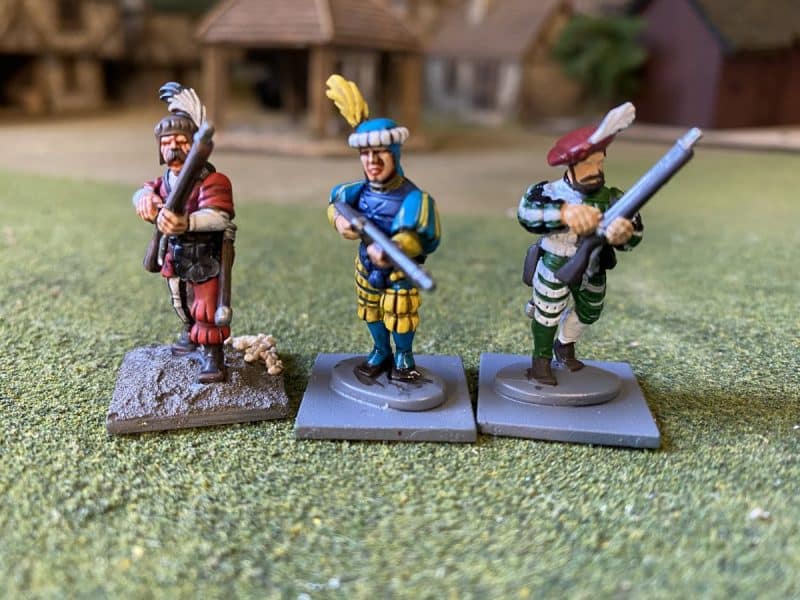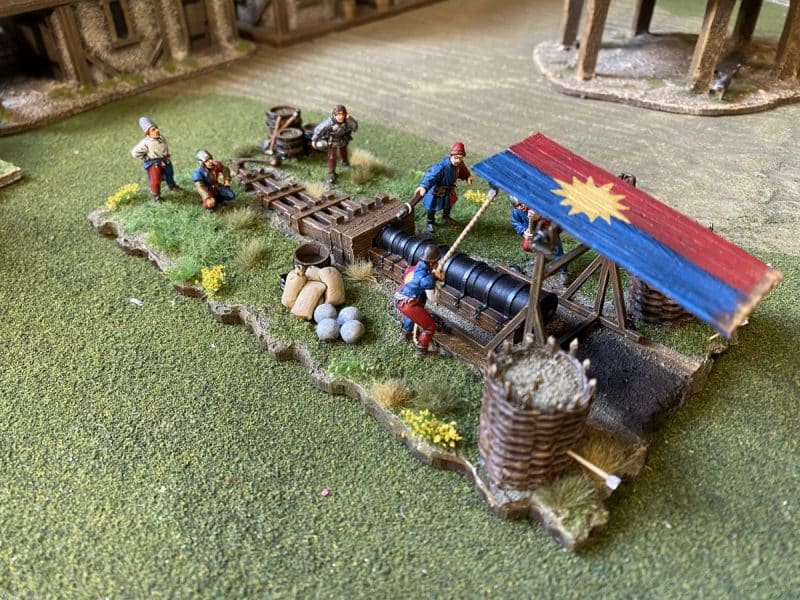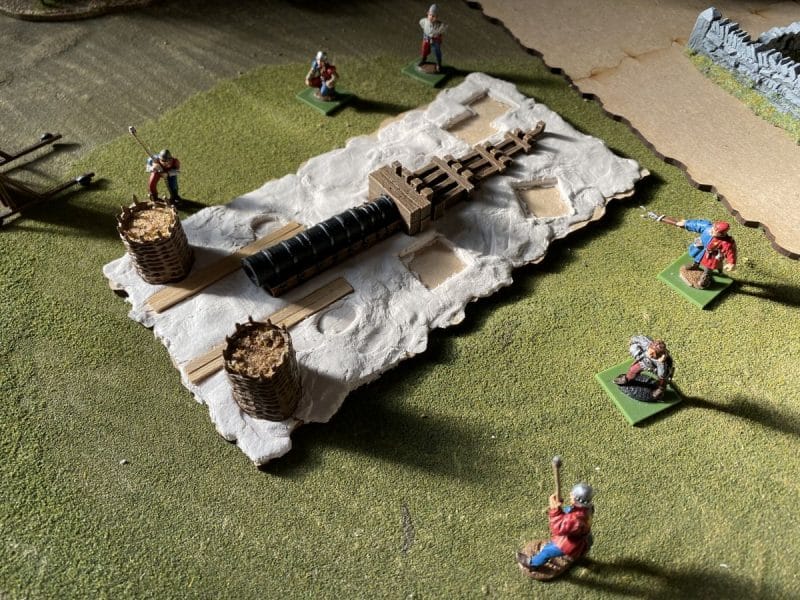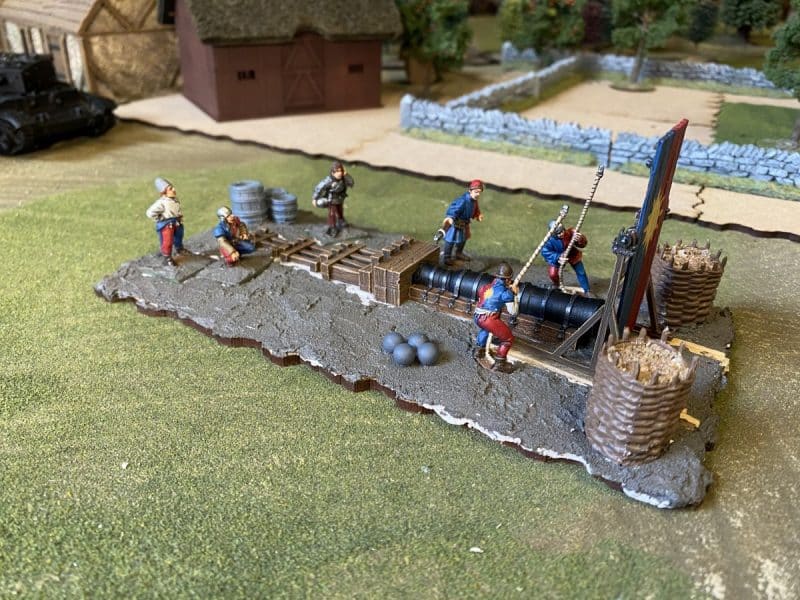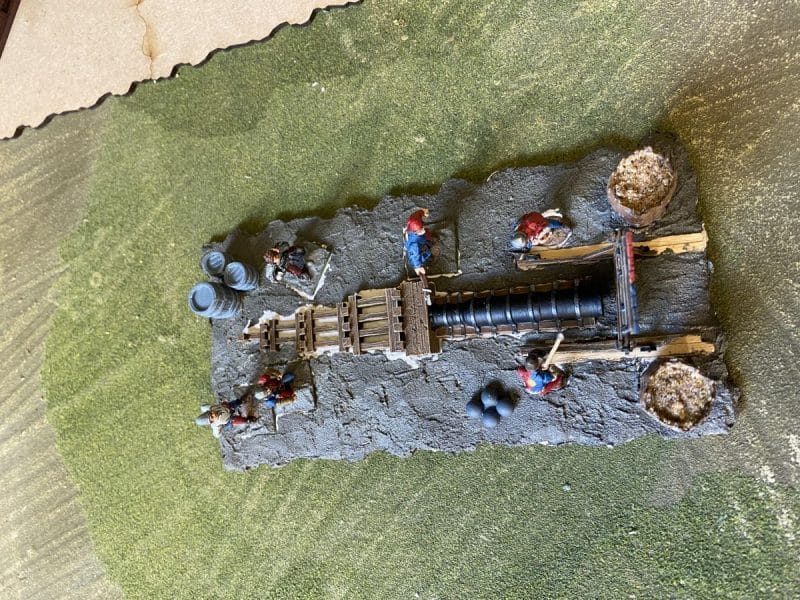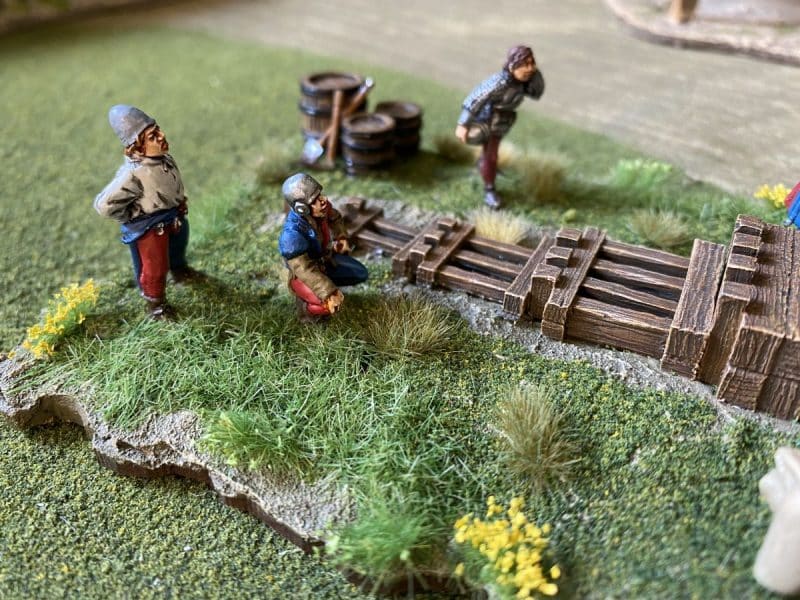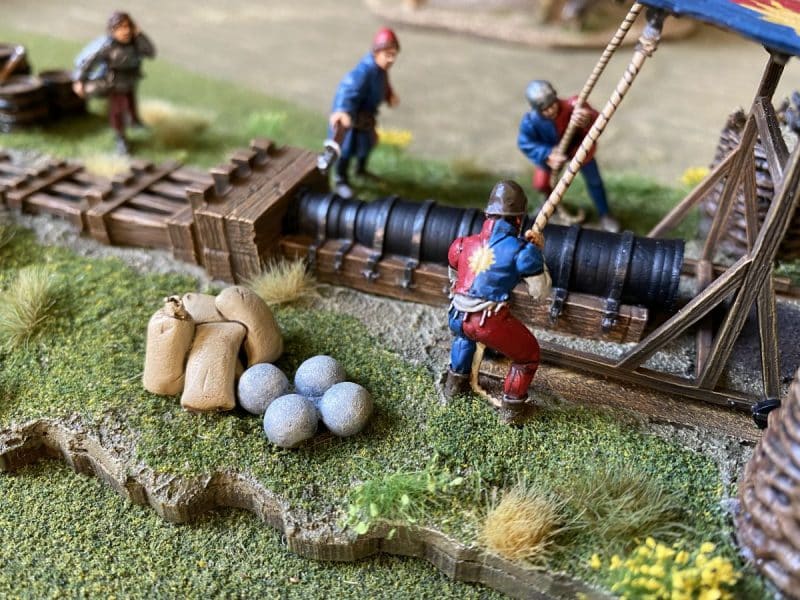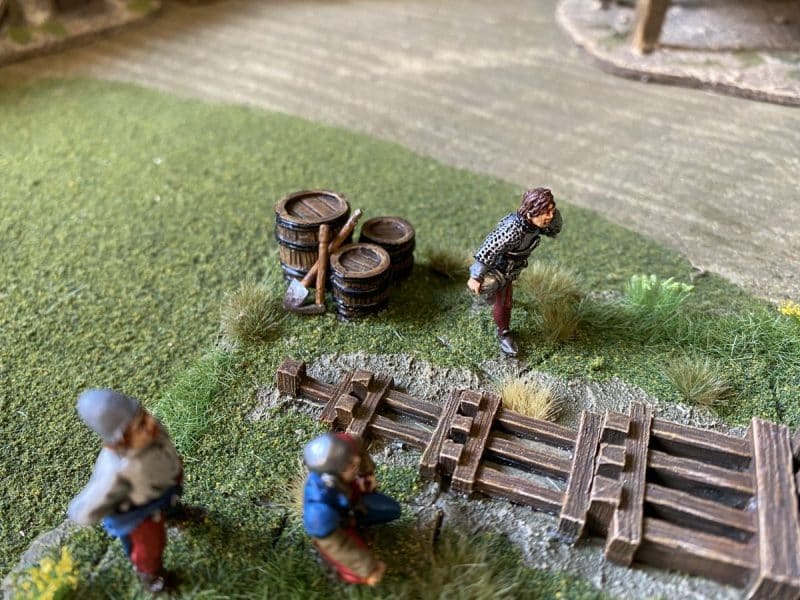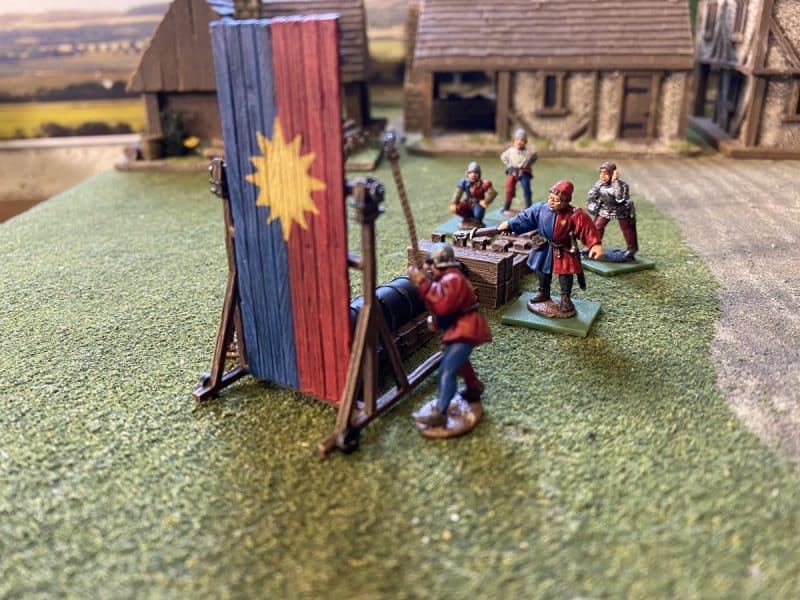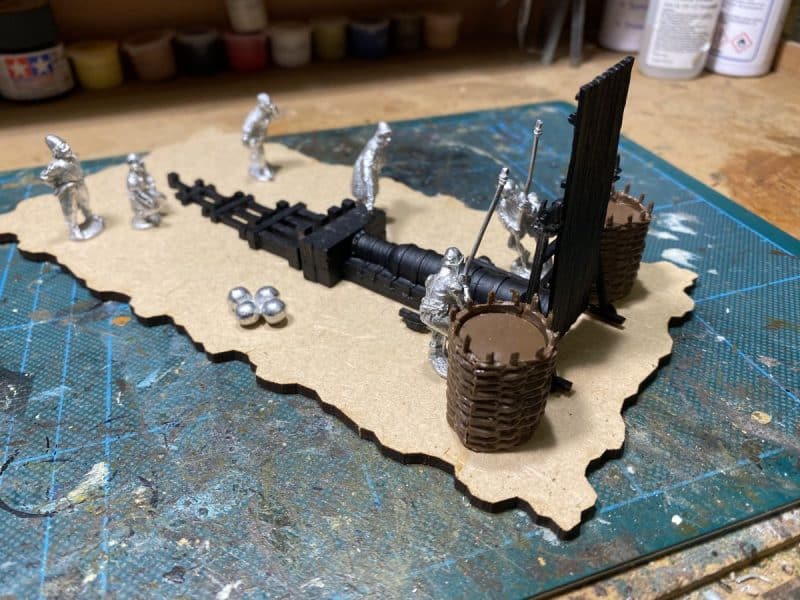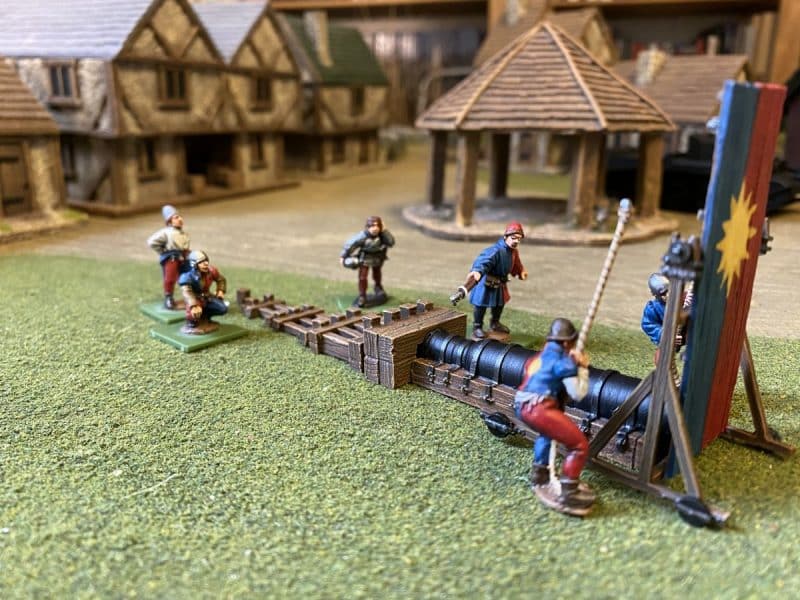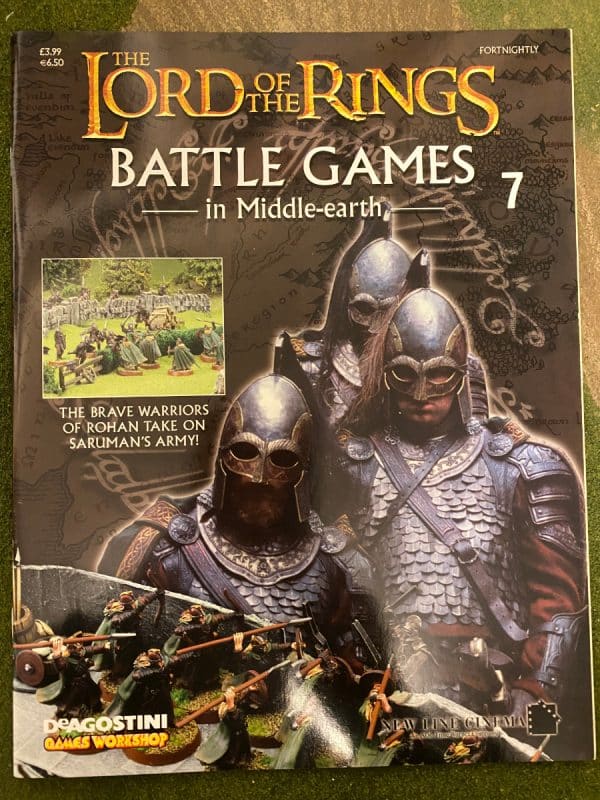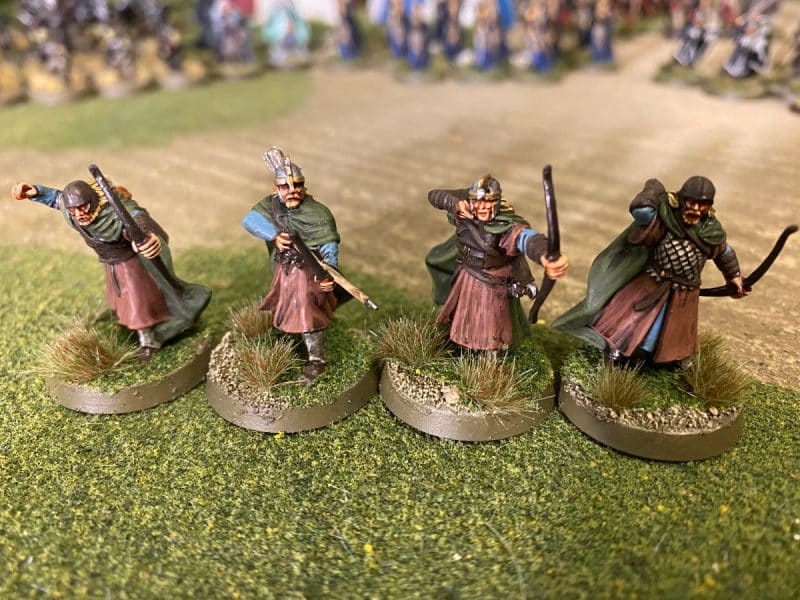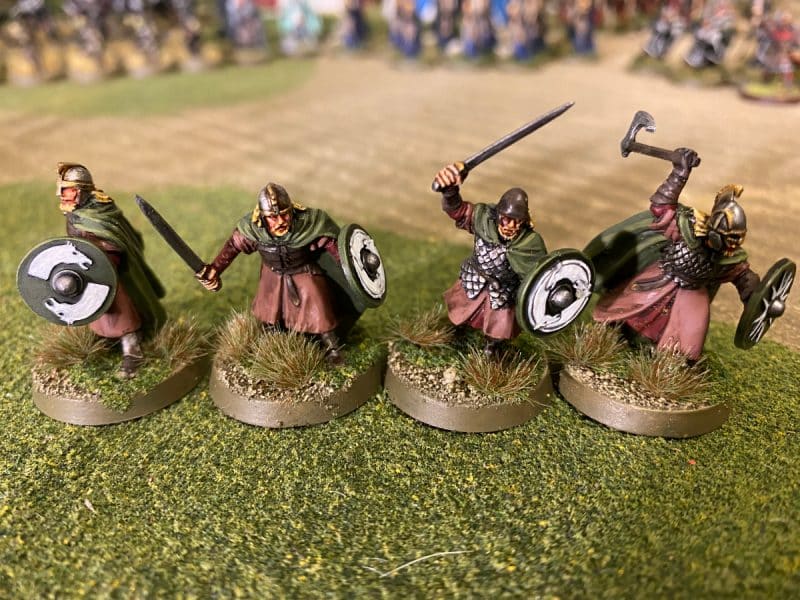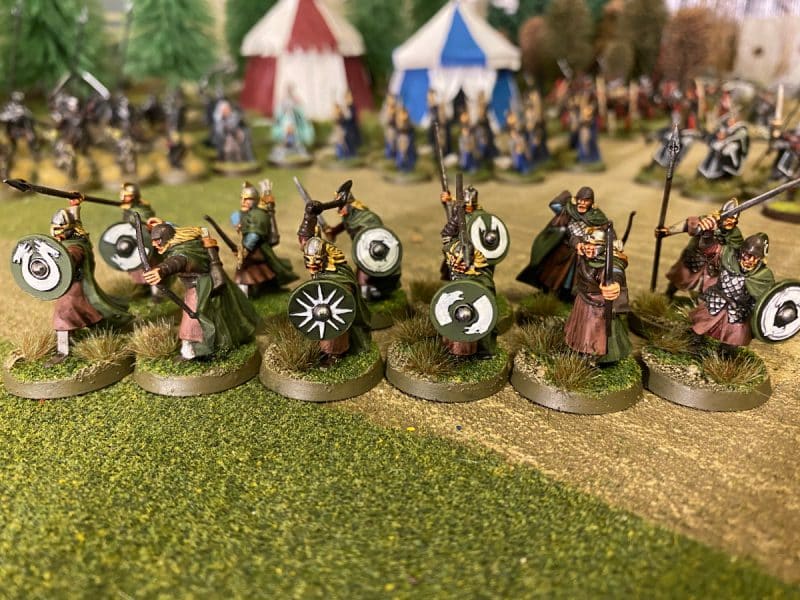The pandemic has not just curtailed my wargaming over the last 18 months but prevented me from getting out and about to visit historical sites. Any spare time out of lockdown has been used to meet with Family and Friends. However, recently, the missus and I managed to sneak away for a weekend across to Norfolk. The primary aim of the weekend was a visit to Sandringham, the Queens personal home. We had a really excellent day there, made all the better by the fantastically helpful and pleasant staff. I would thoroughly recommend a visit. It certainly far exceeded my expectations as a place to visit. However, Sandringham wasn’t on my radar as a historical site. As far as I knew, it wasn’t involved in any sieges or battles, other than the occasional fallout between Andrew and Fergie or even Charles and Diana but I’ll leave all that to fans of the TV series, the Crown….
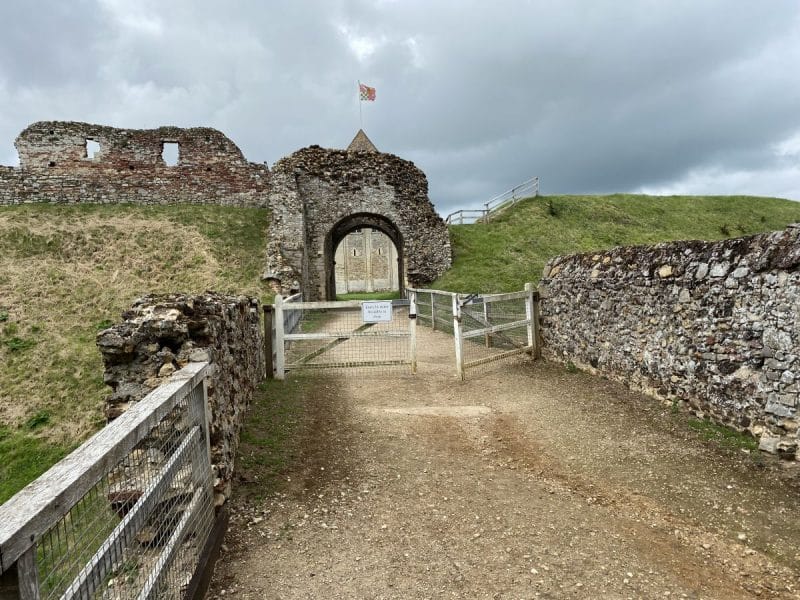
Just down the road from our accommodation on the edge of Kings Lynn, was Castle Rising, a proper fortified castle with a long history to go with it. It was this site that interested me. At the time, I was unaware of the part that Castle Rising had played in history. I had not heard of it before my trip. I was not to be disapointed. Although the castle is now essentially a ruin, it is set in the most impressive defensive earthworks and looks everything like a castle should look! The entry fee was just £2.50 per person as there was no access to the upper ruins. Even so, I was happy to spend a couple of hours wandering around the place imagining how it would have looked in it’s prime.
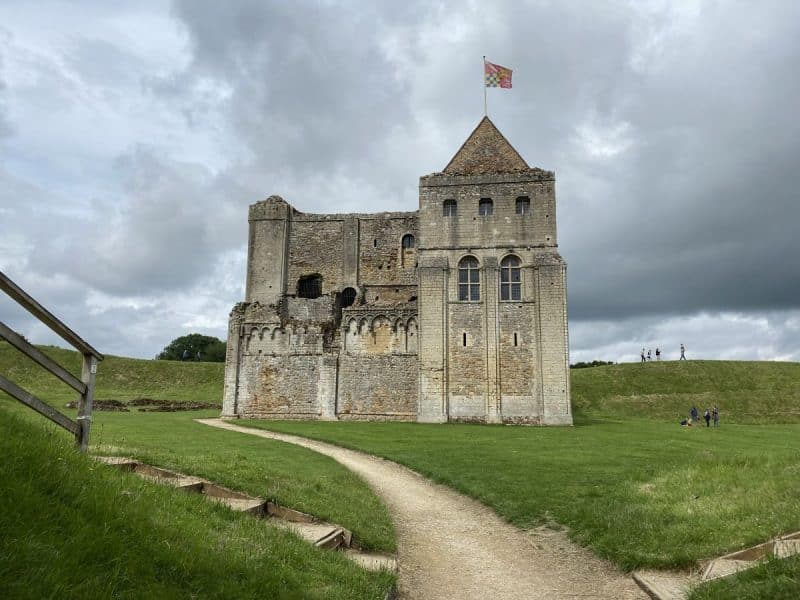
It was originally built around 1140 by William d’ Aubigny primarily as a demonstration of his wealth and power. I’ve provided some links below to the official history and guides to the castle. It seems that the main claim to fame for the location is that it became the ‘prison’ of Isabella of France. She was the wife of Edward II but after attempting to take control of the crown with Roger Mortimer, Edward III, her son, placed her in house arrest here once he had toppled Mortimer.
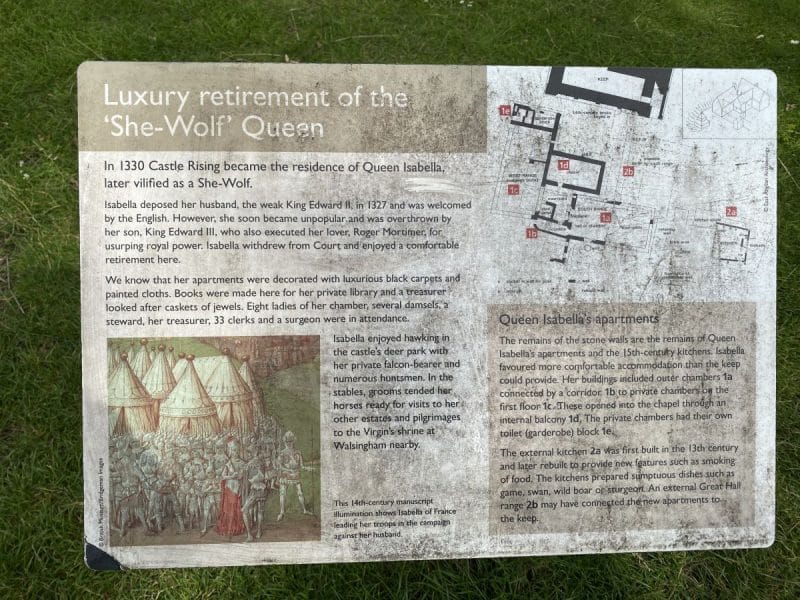
Although a most formidable fortress, Castle Rising came to be of more use as a hunting lodge and was known as a prestigious location in the 15th and early 16th centuries. The castle’s military defences were mobilised in 1461 by Henry VI in the Wars of the Roses but as far as I am aware no fighting took place in the immediate area.
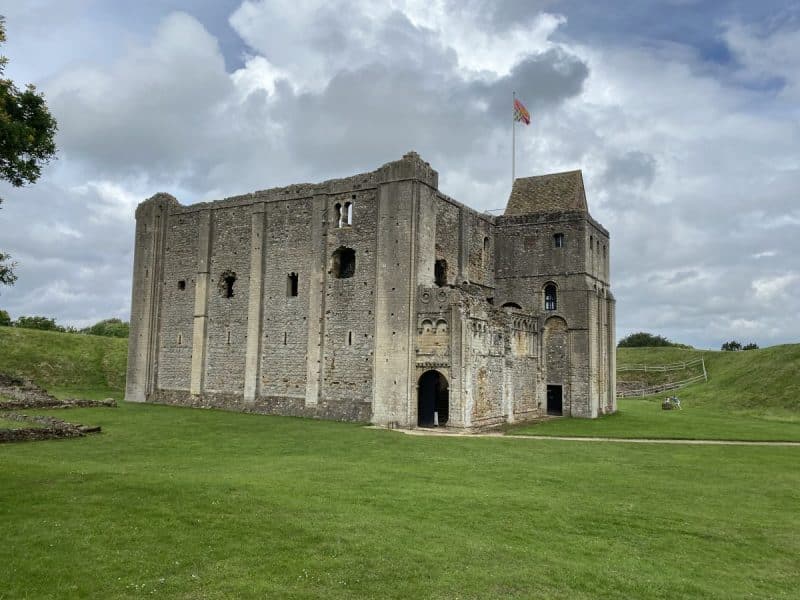
I have since learnt that the castle had another role in the Wars of the Roses. On June 24th 1469, Richard, Duke of Gloucester ( later Richard III) was staying at Castle Rising. From here, he wrote to an unknown correspondent asking for a loan of £100. The Duke, who was on his first campaign, had left London in such a rush that had not had time to ‘purvey’ sufficient money for his own expenses.
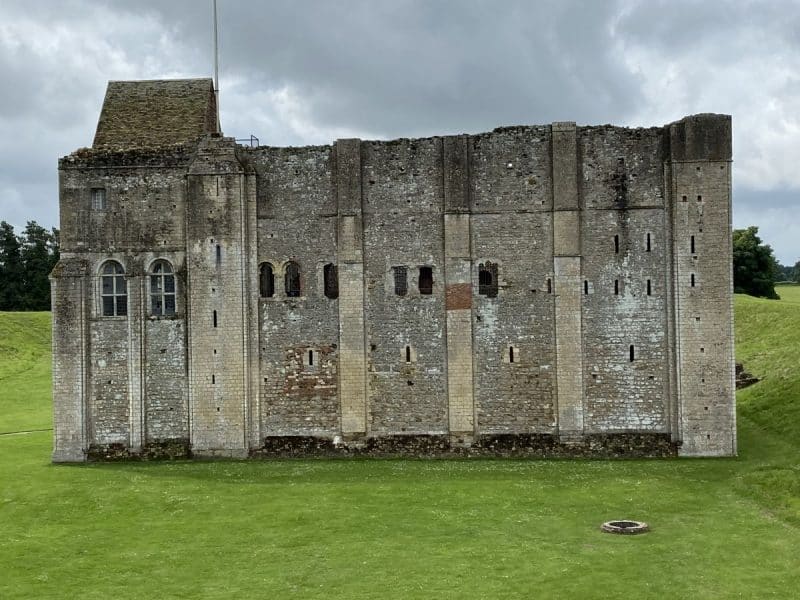
It seems that castles played a limited role in the War of the Roses but I suspect that they were used as ‘safe havens’ throughout the war. Although there were no great set piece sieges, it seems that Castles were still important as a means of projecting power and threatening the local area until such time as the protagonists eventually met on the field of battle. I guess that other point is that neither side really had the resources for prolonged sieges and no doubt there was little point in laying waste to a castle that you hoped to inherit!

I find Castles both fascinating and inspiring and my imagination is usually in overdrive as I wander around these places. One day I really am going to build one for my gaming table! I hope that you enjoy the pictures and perhaps have a chance to visit for yourself.

The official links can be followed here:
CASTLE RISING ENGLISH HERITAGE
CASTLE RISING CASTLES FORTS AND BATTLES
THE COMMERCIAL BIT
I hope that you all enjoy your hobby as much as I do – remember that our web site will have much of what you need! Click here to see our shop:
Happy Modelling!

